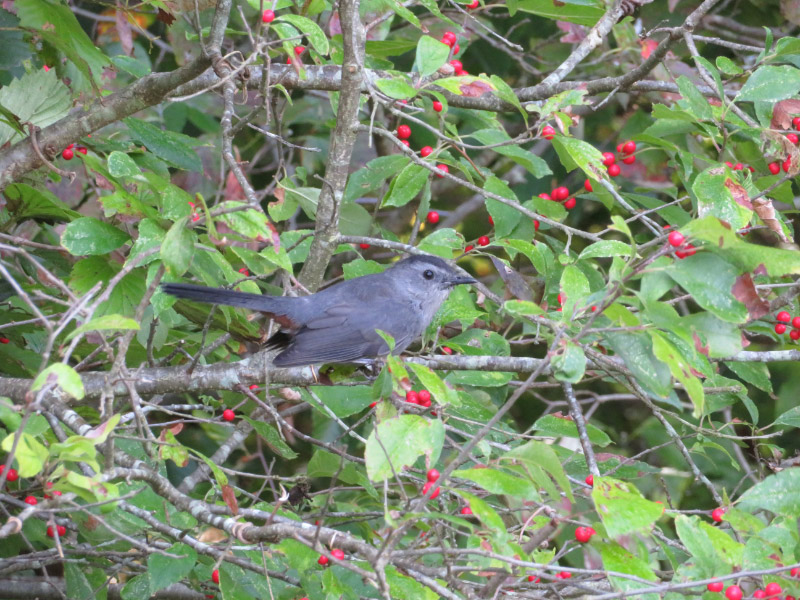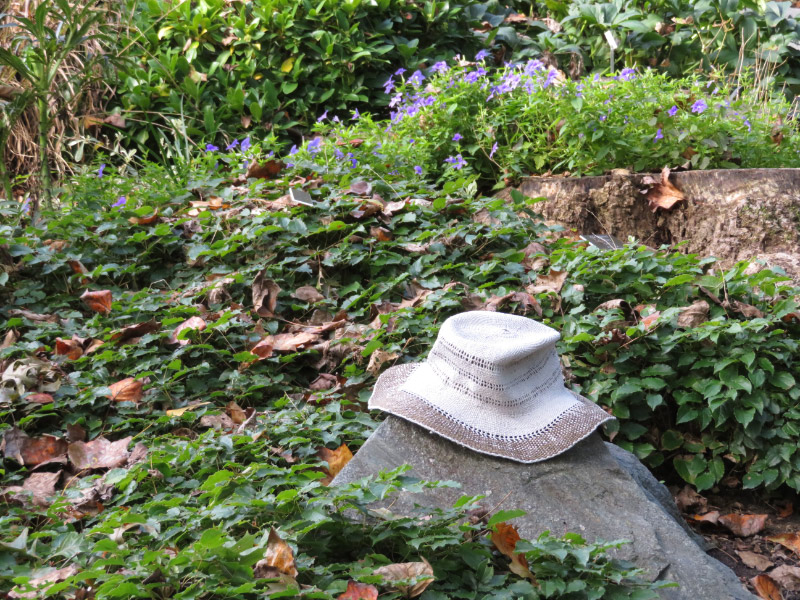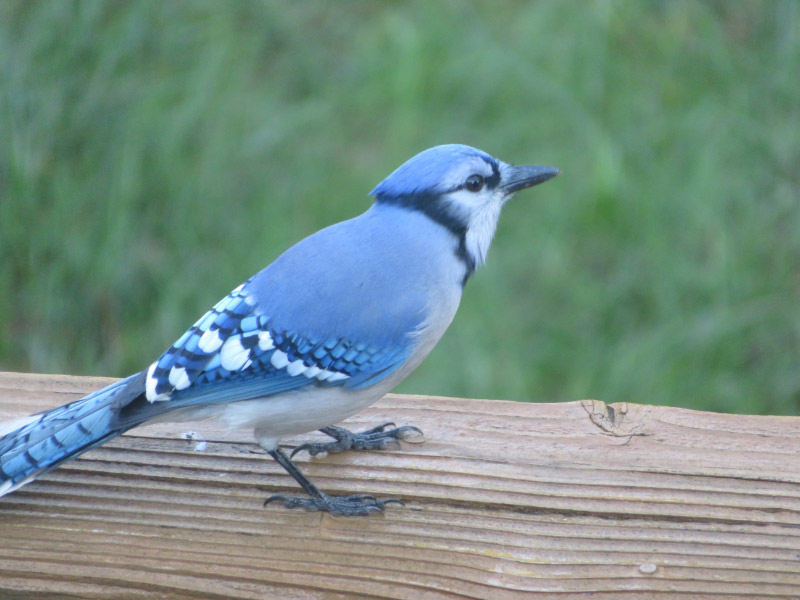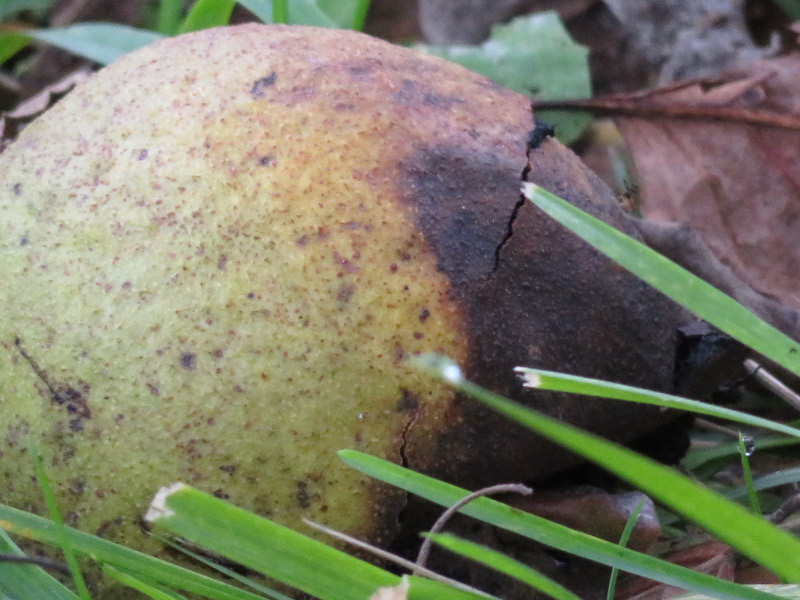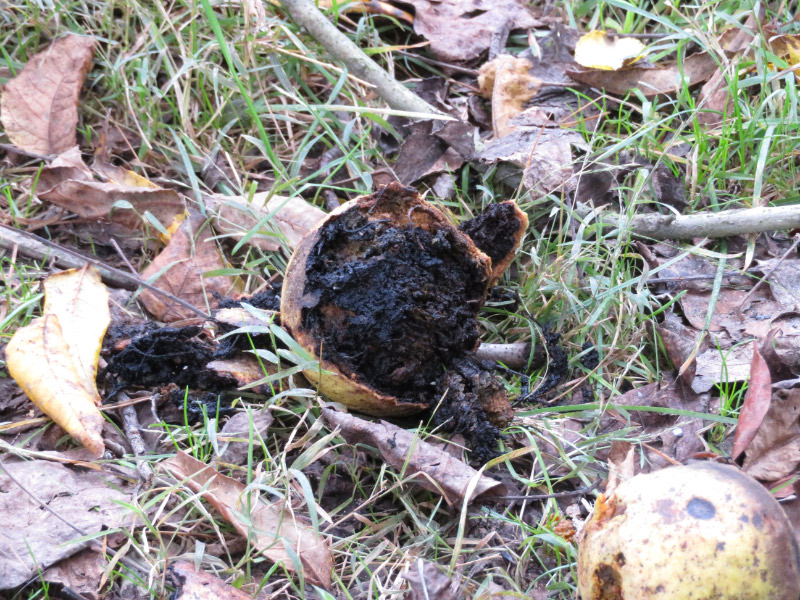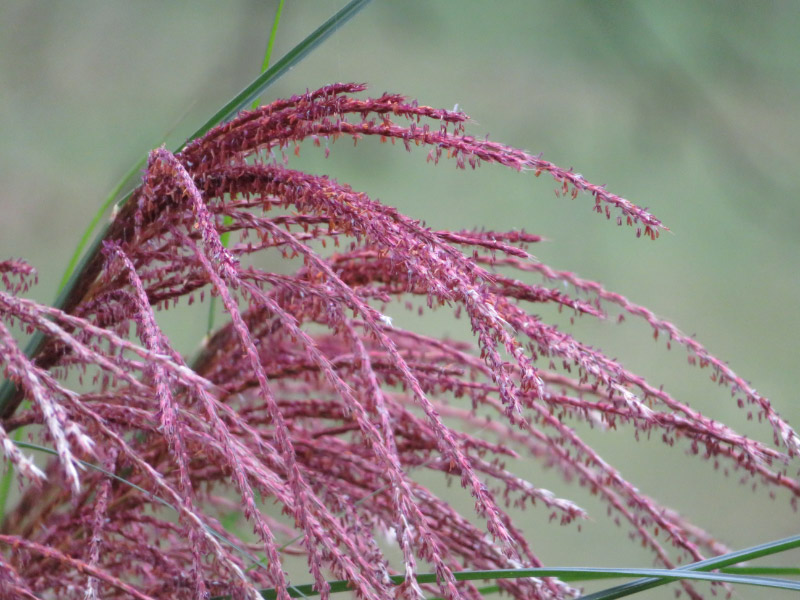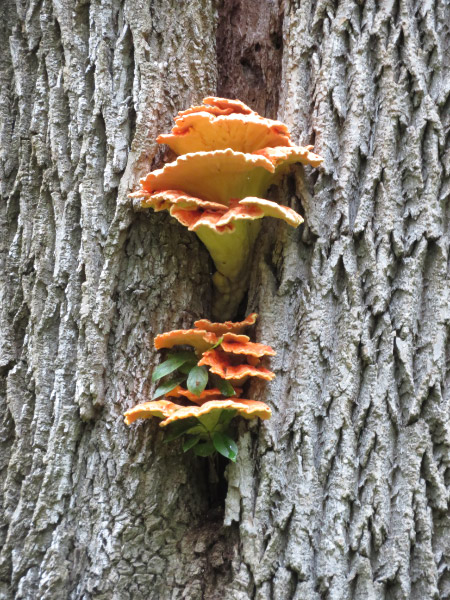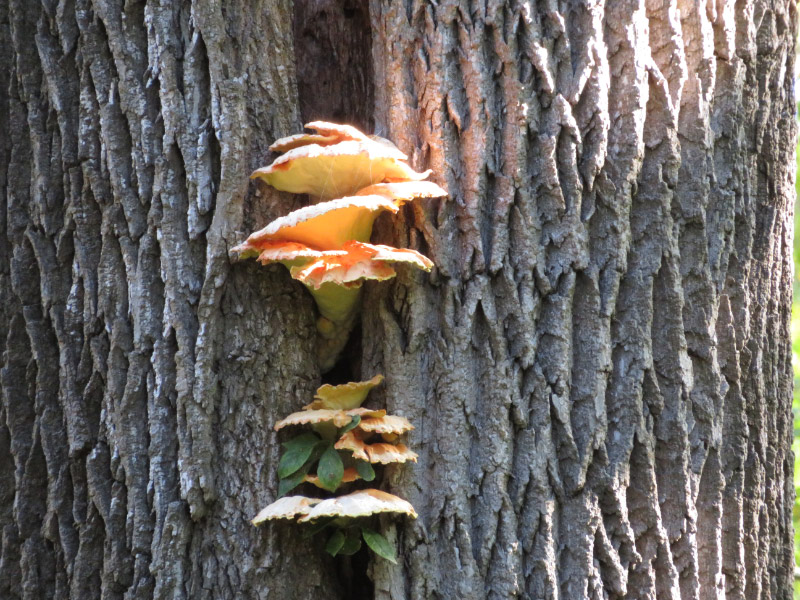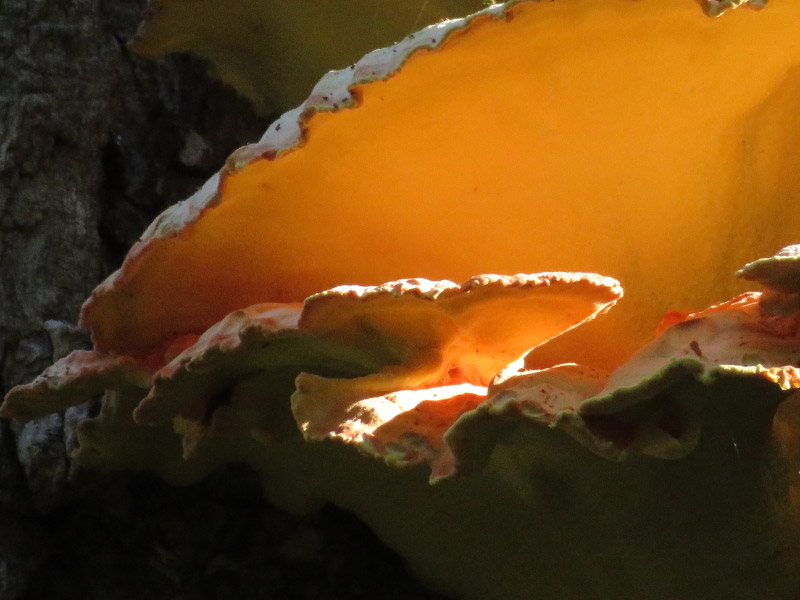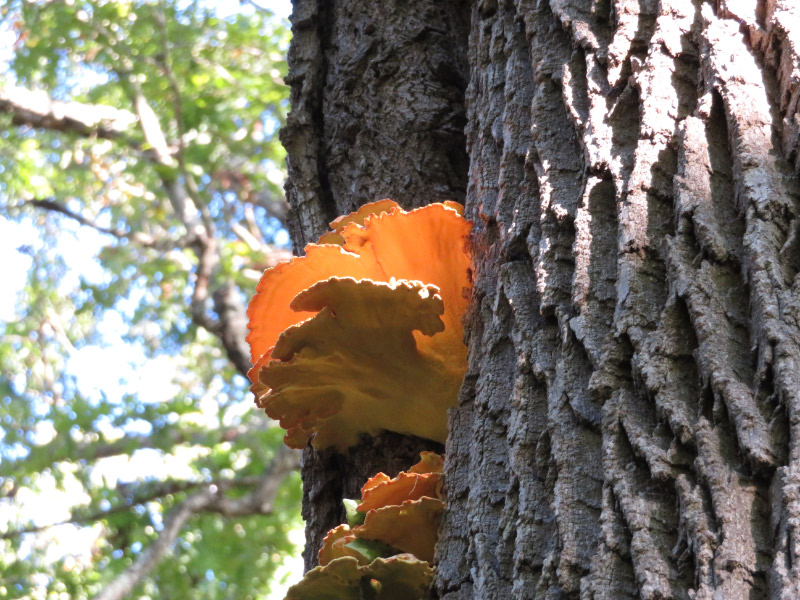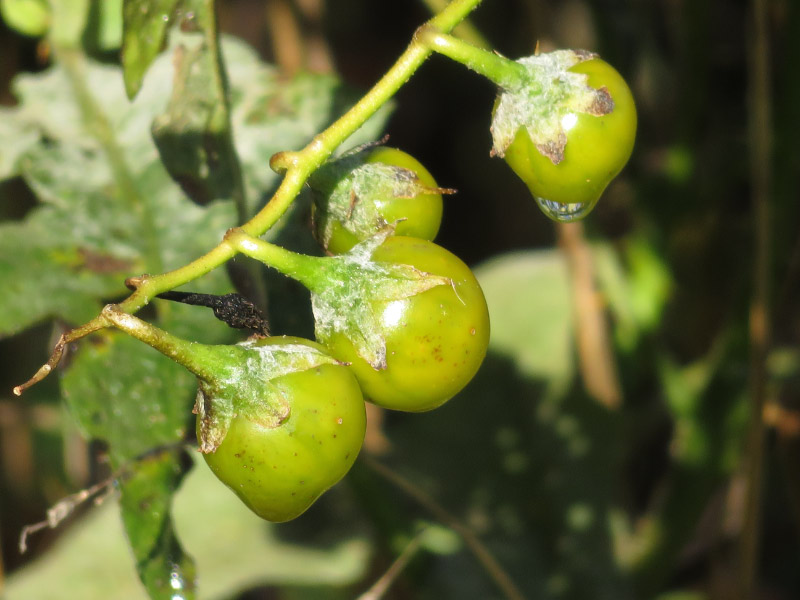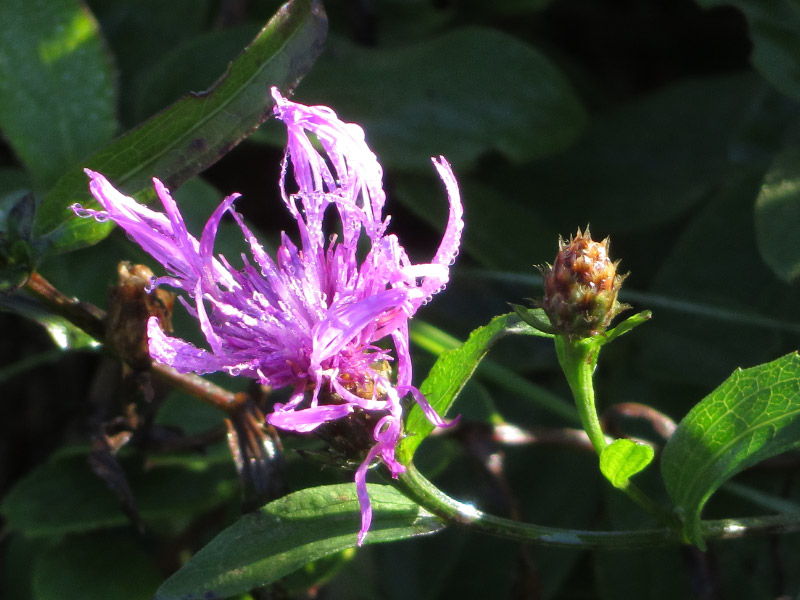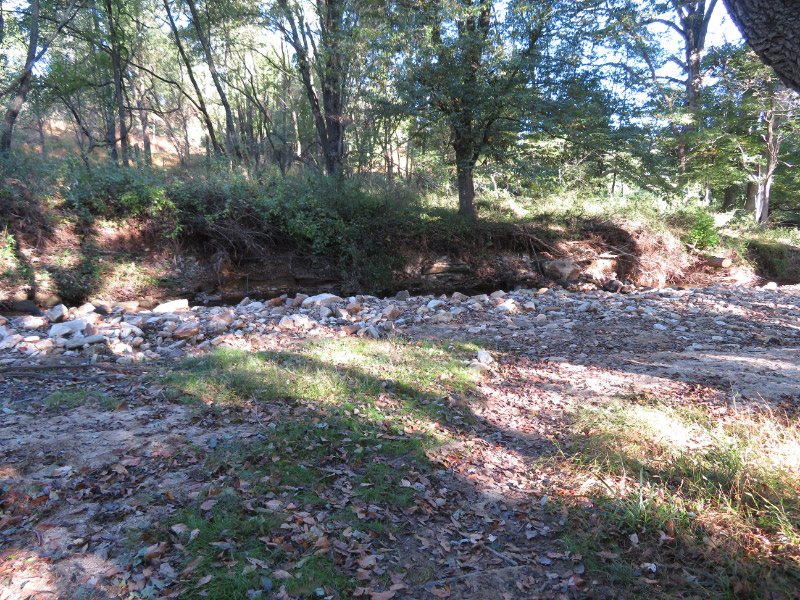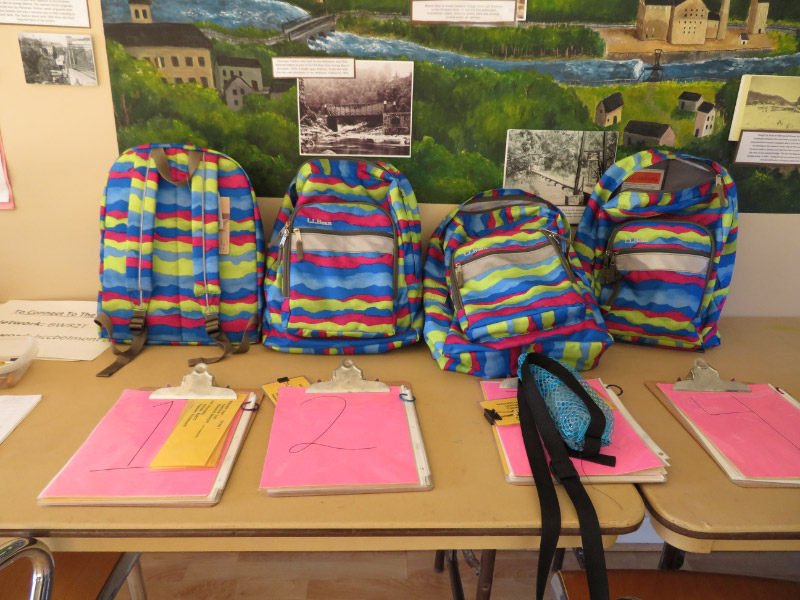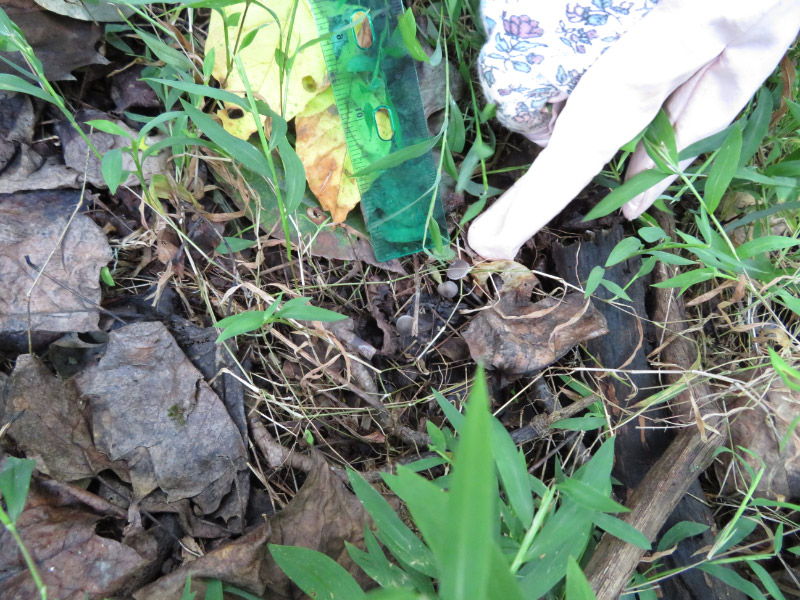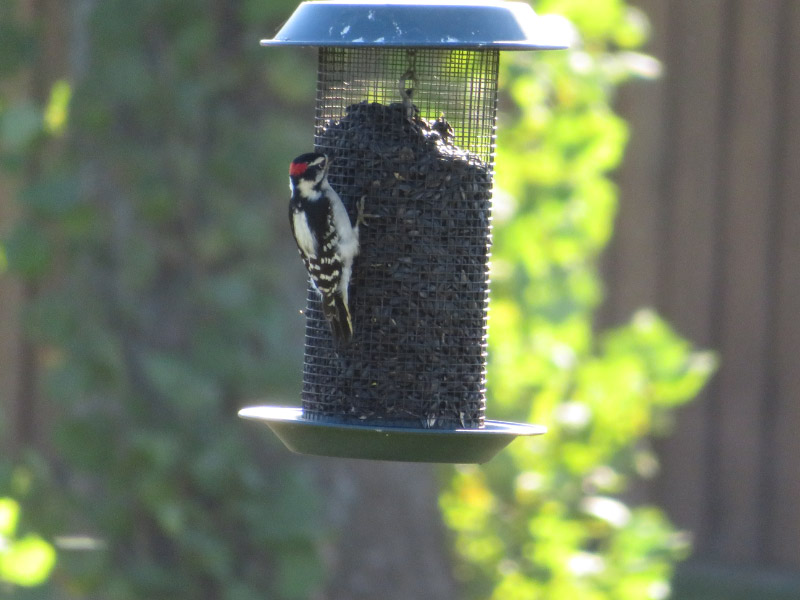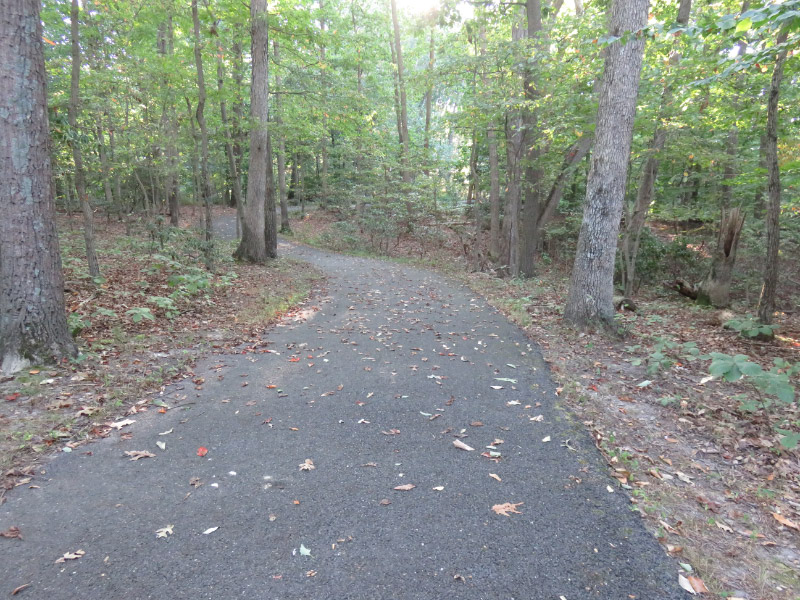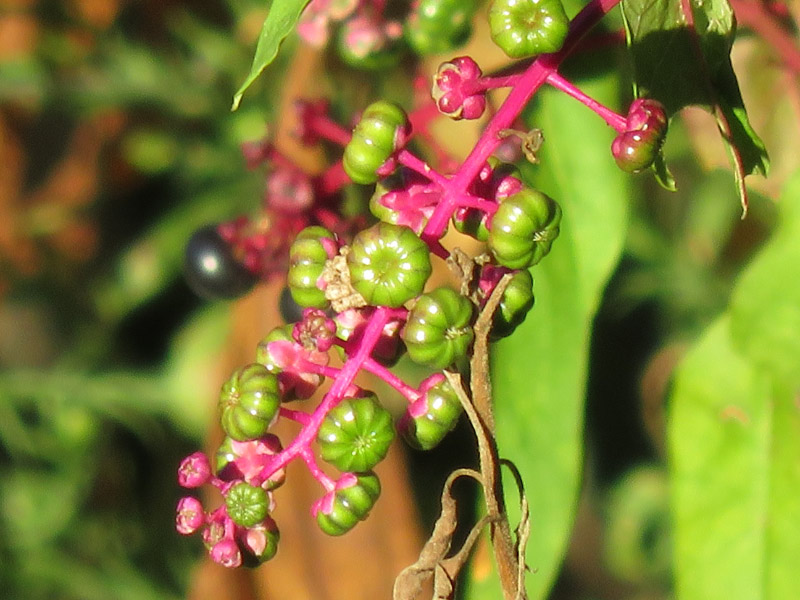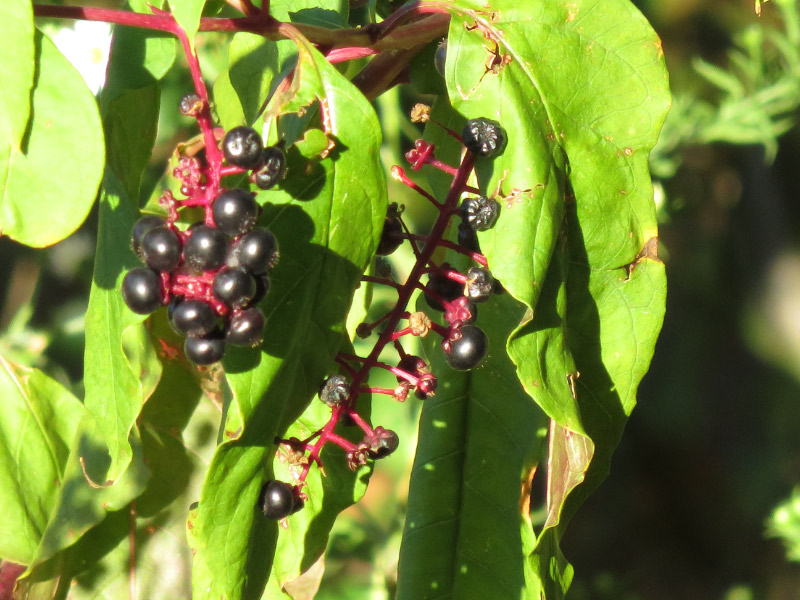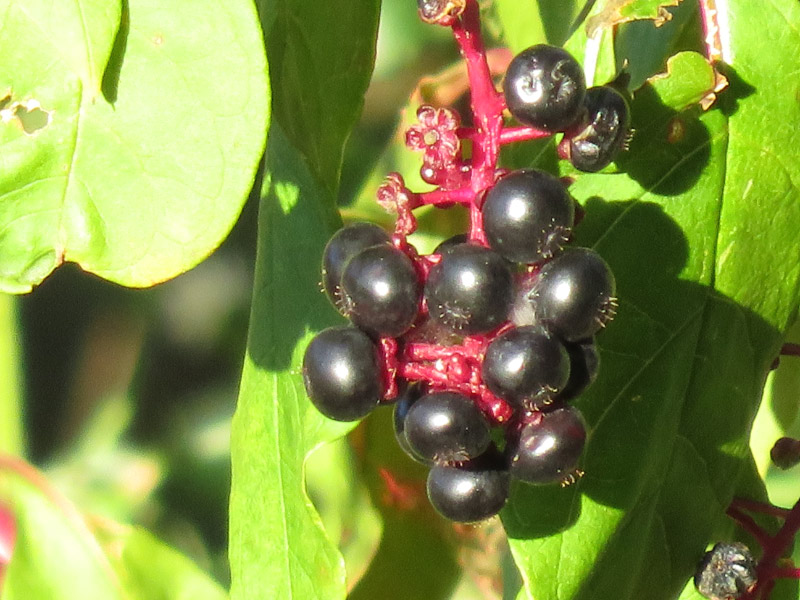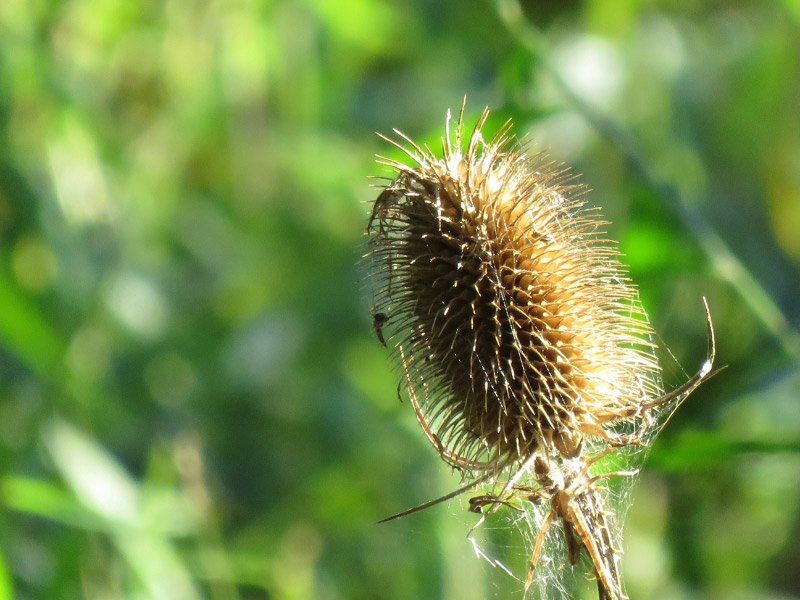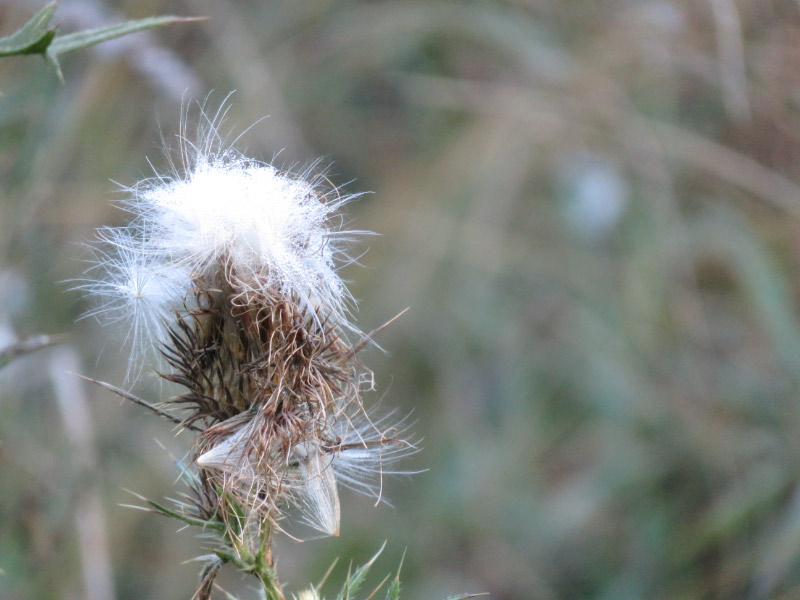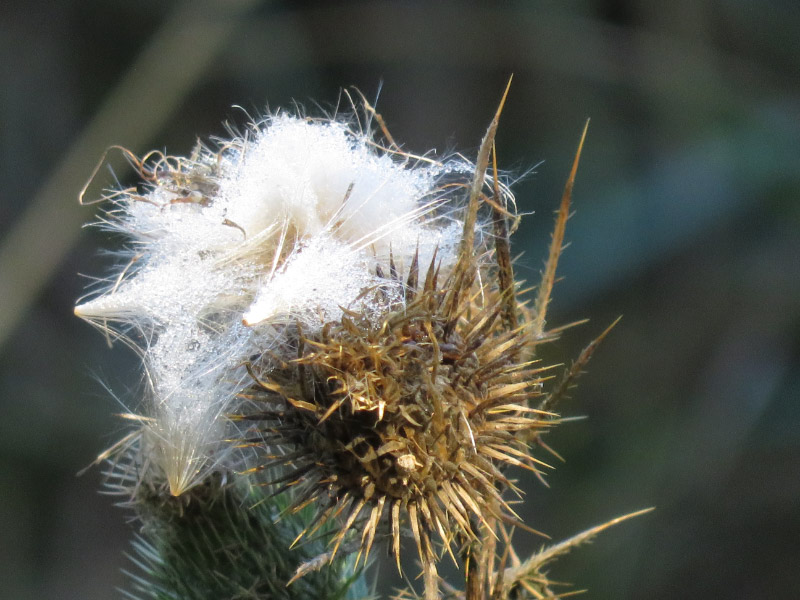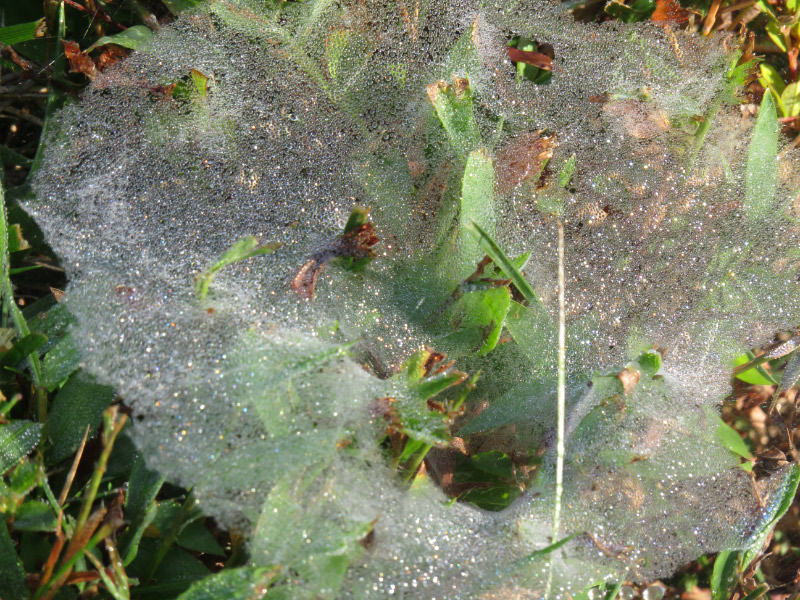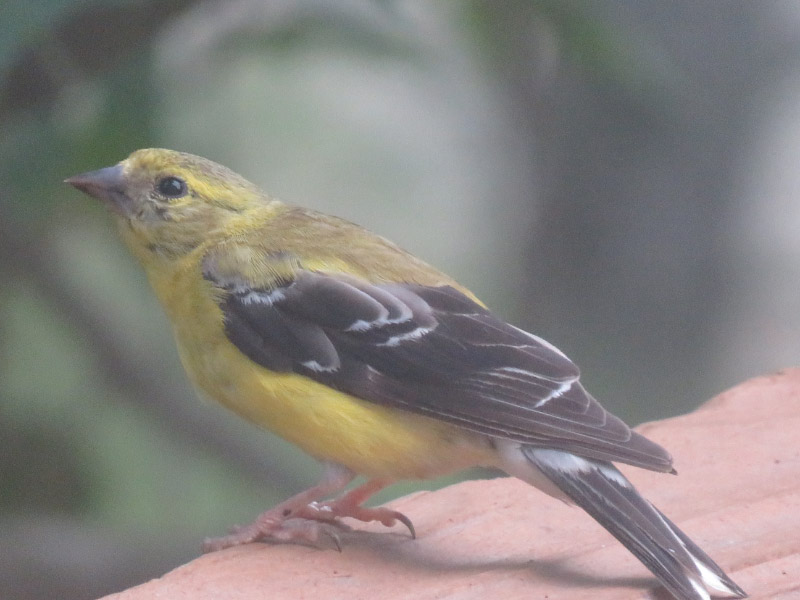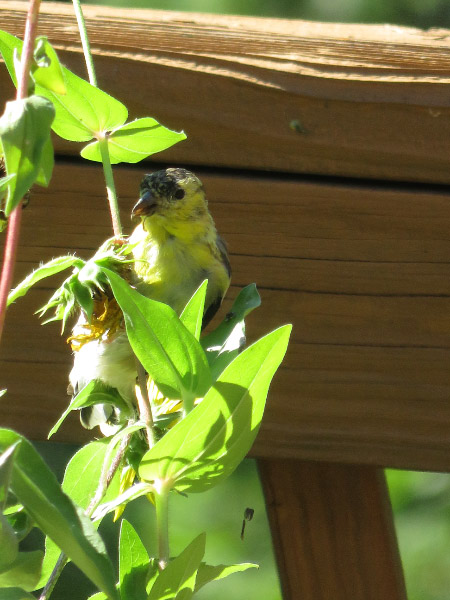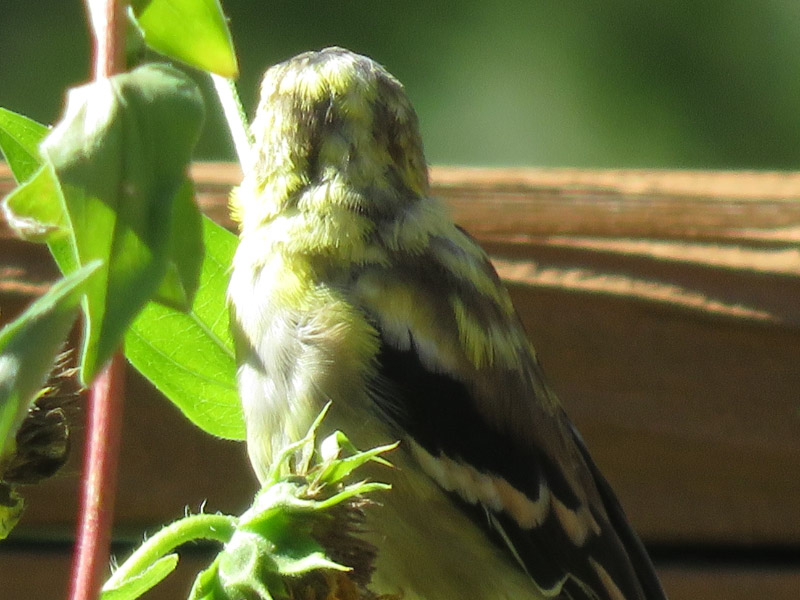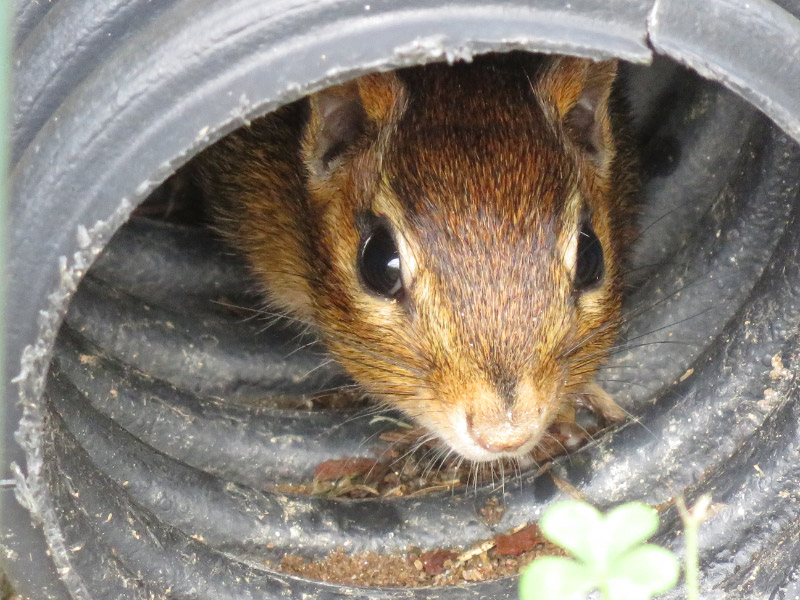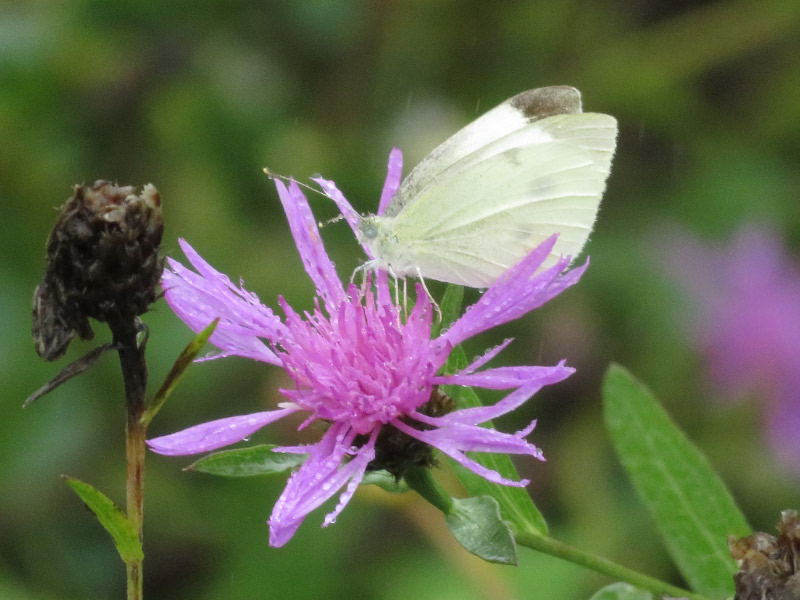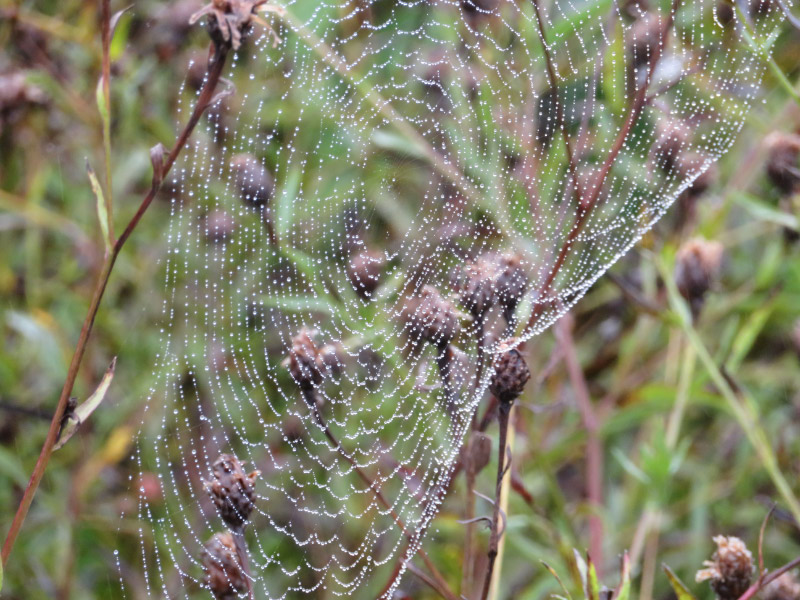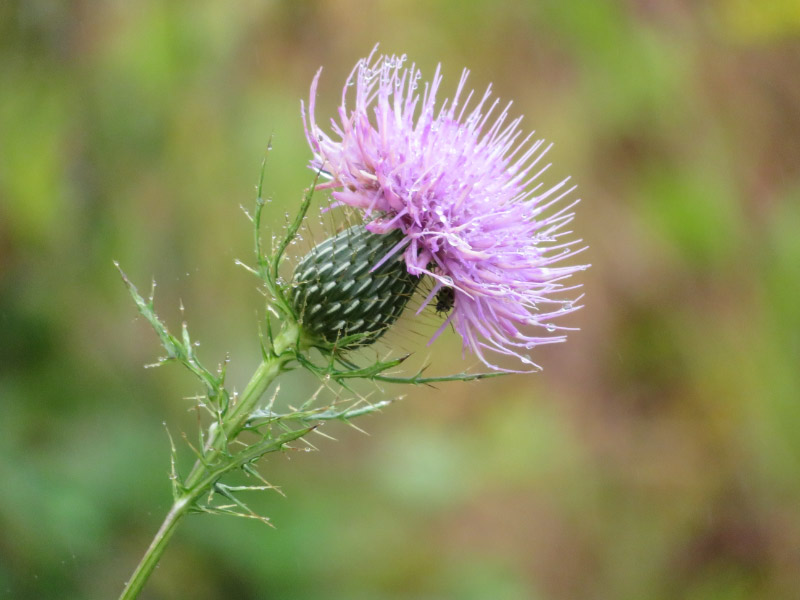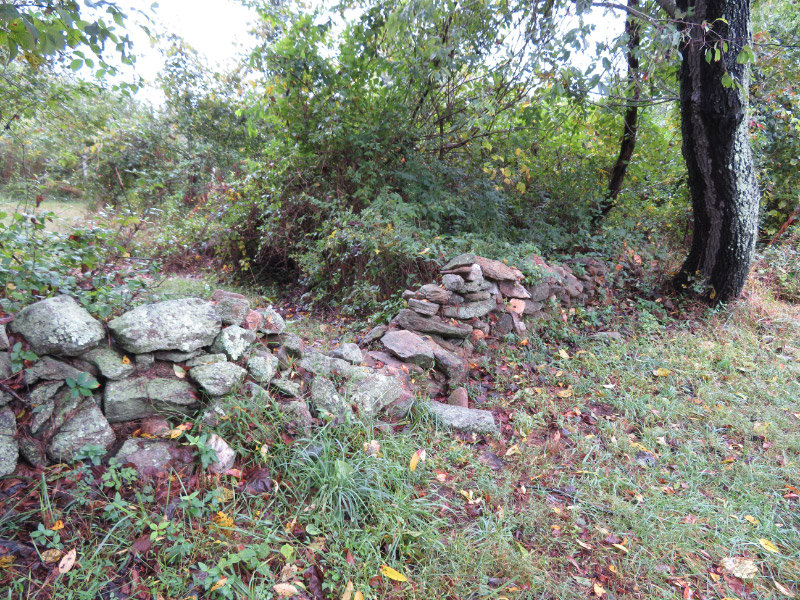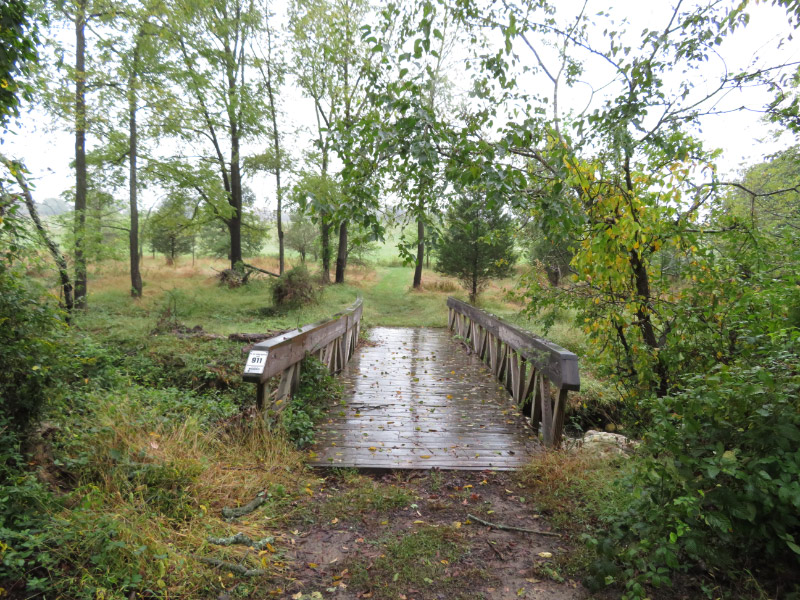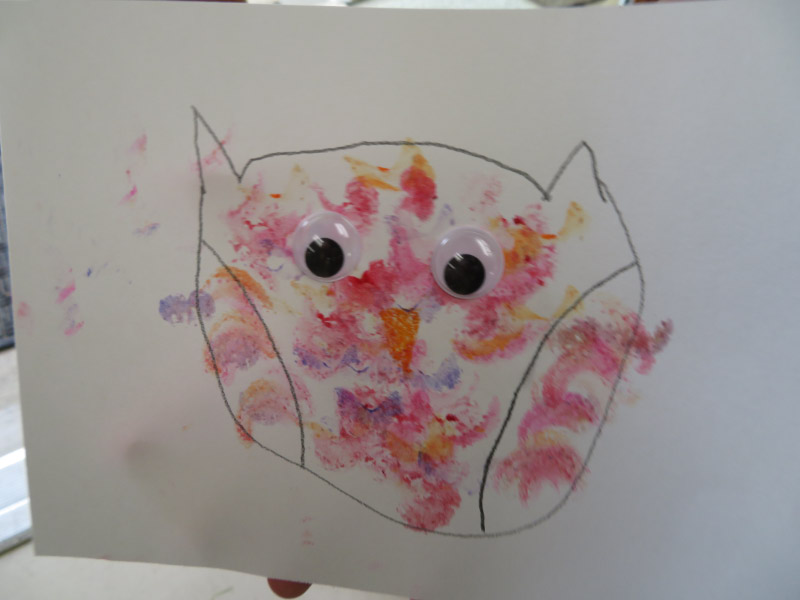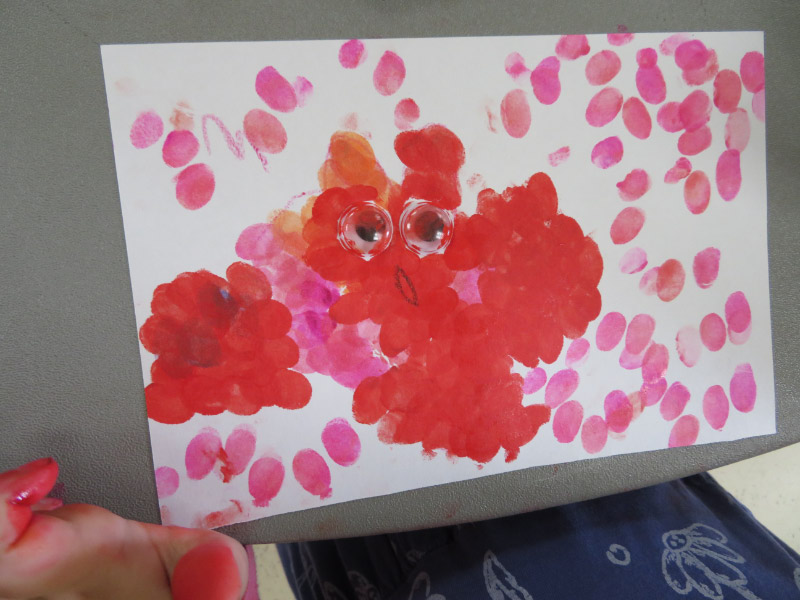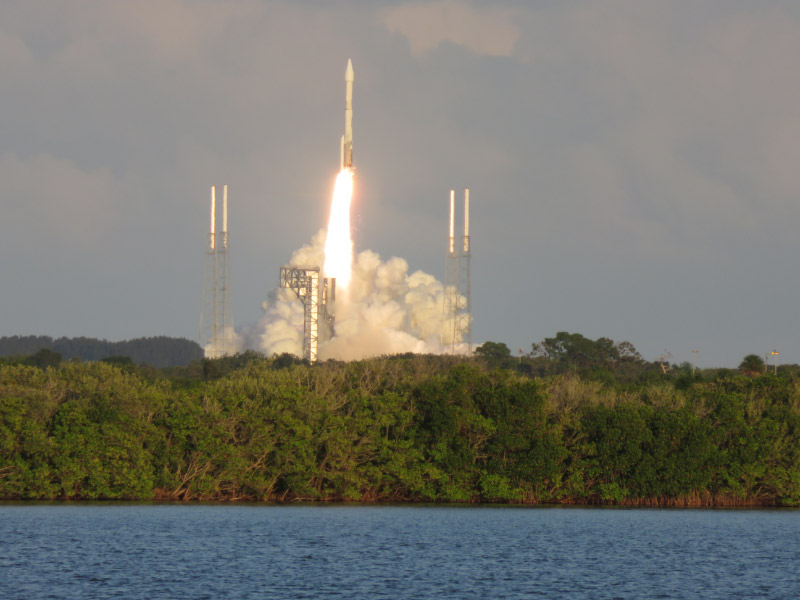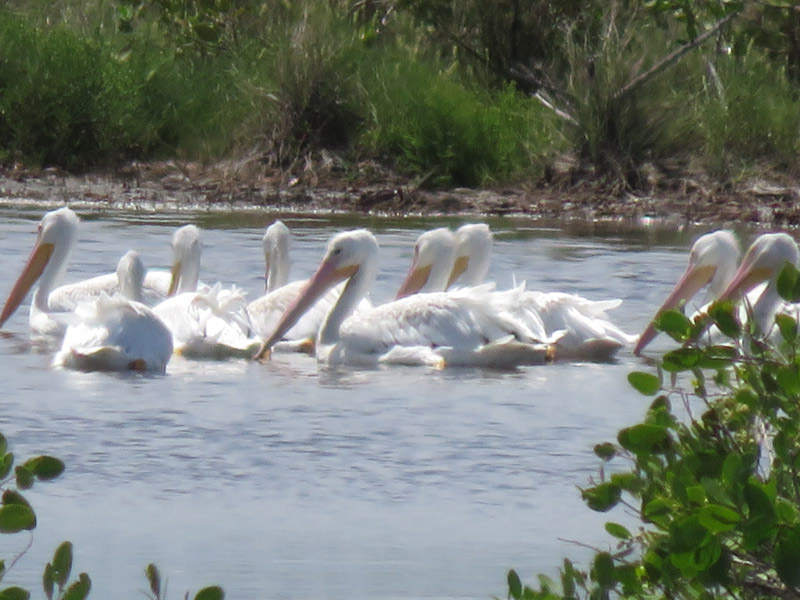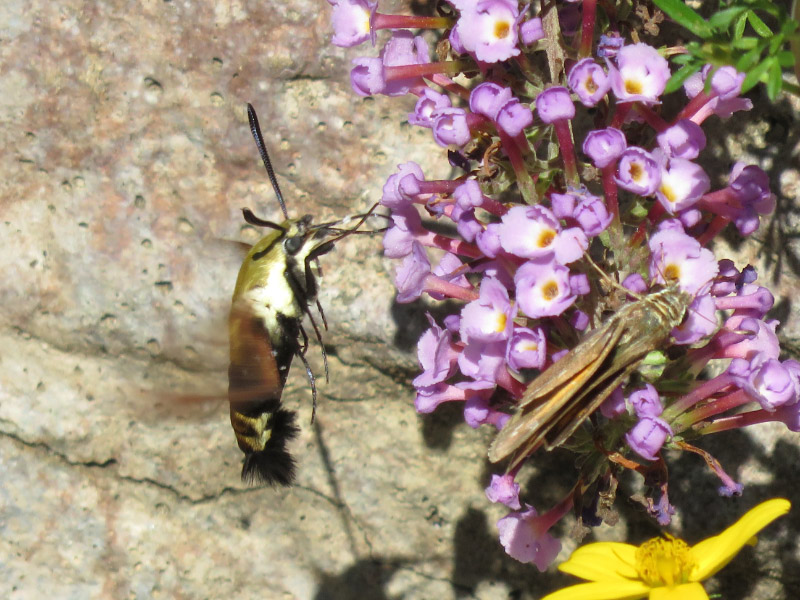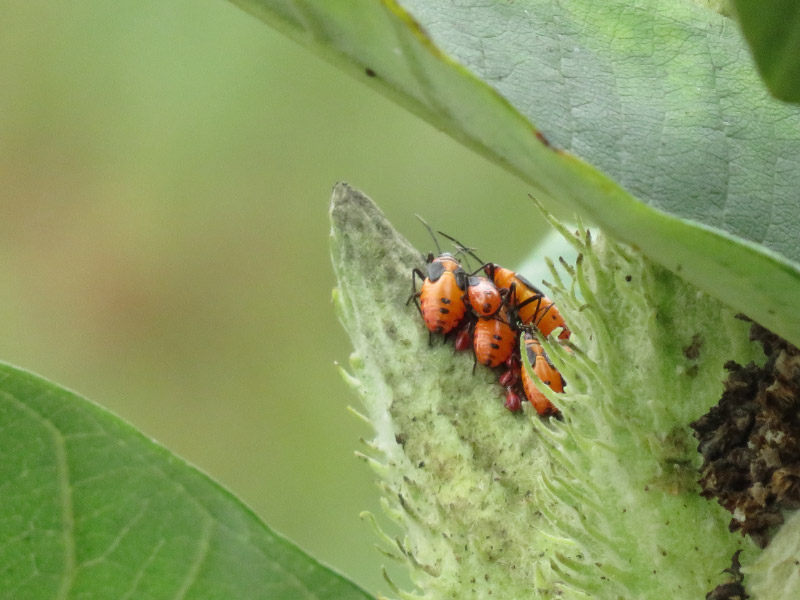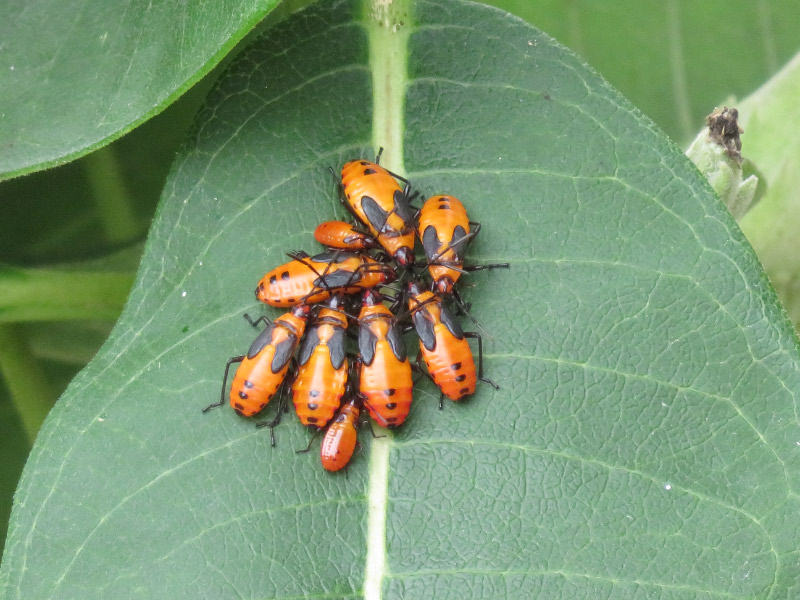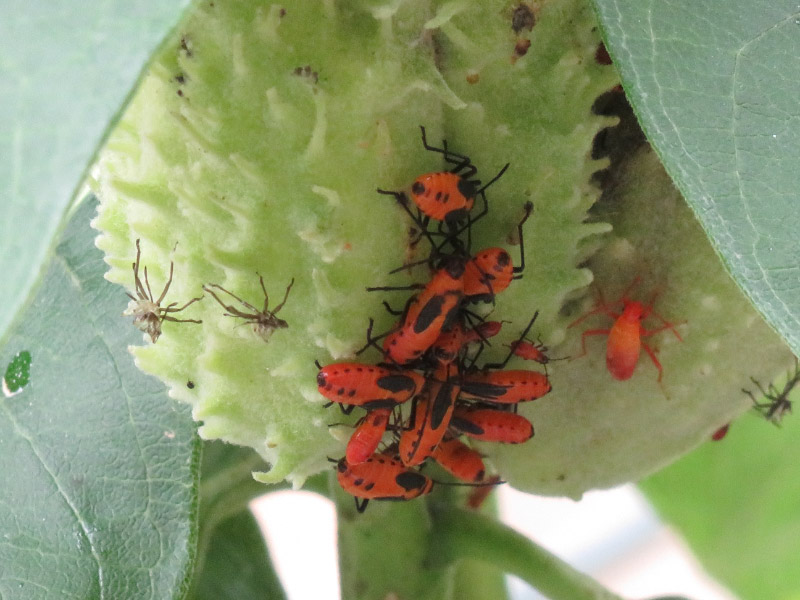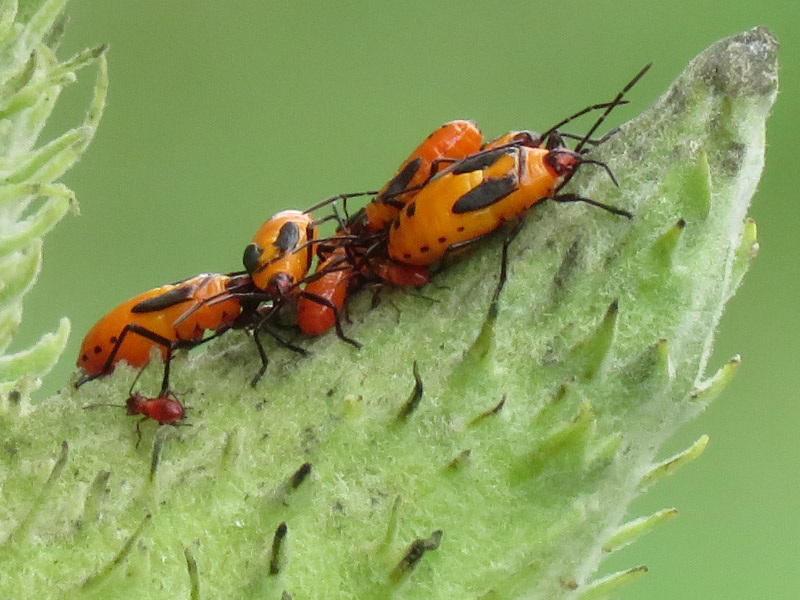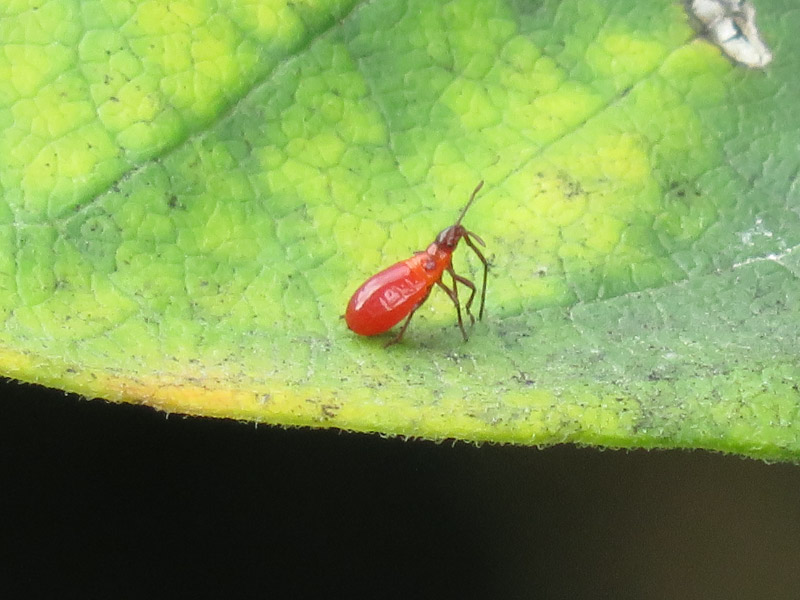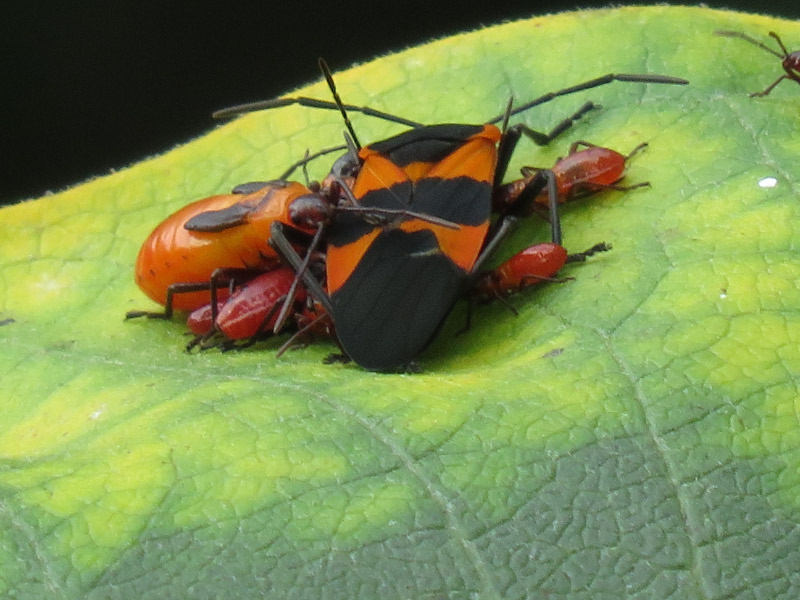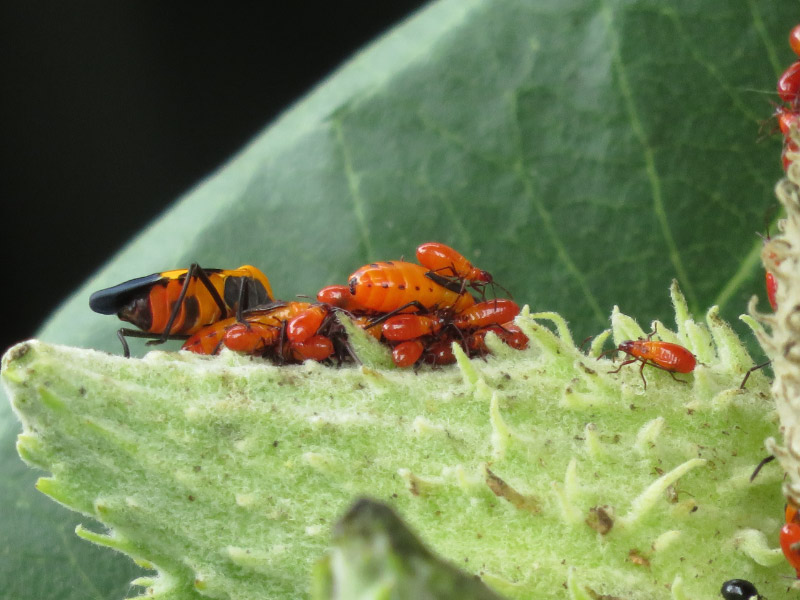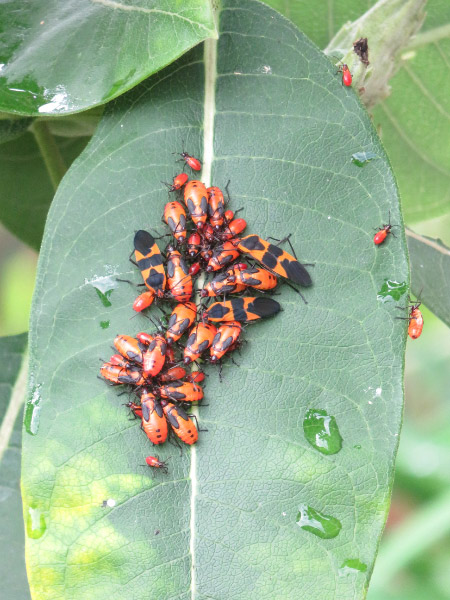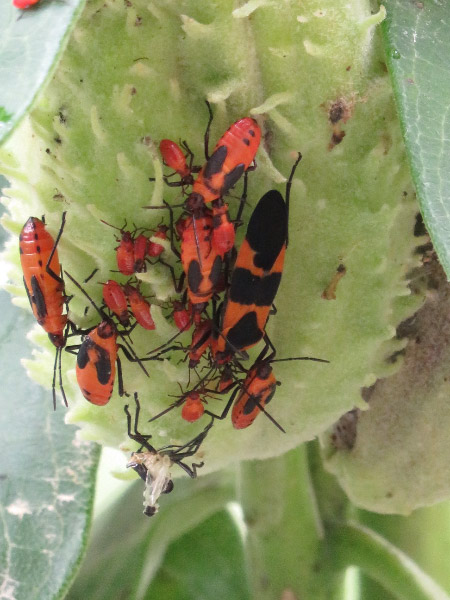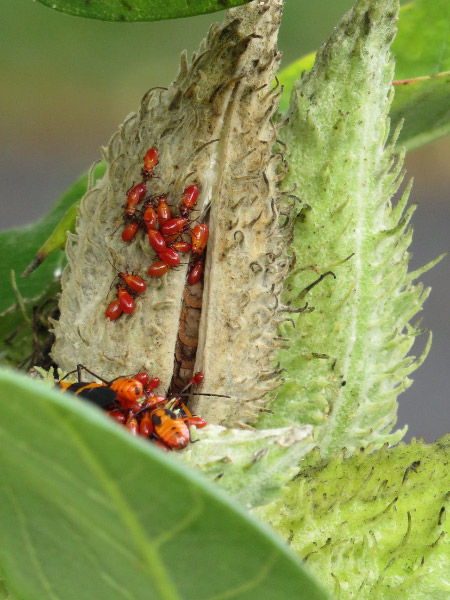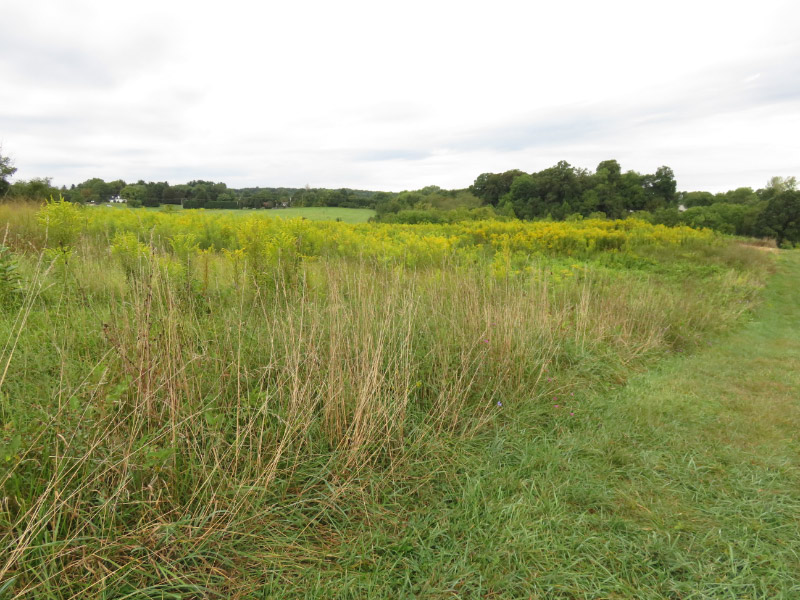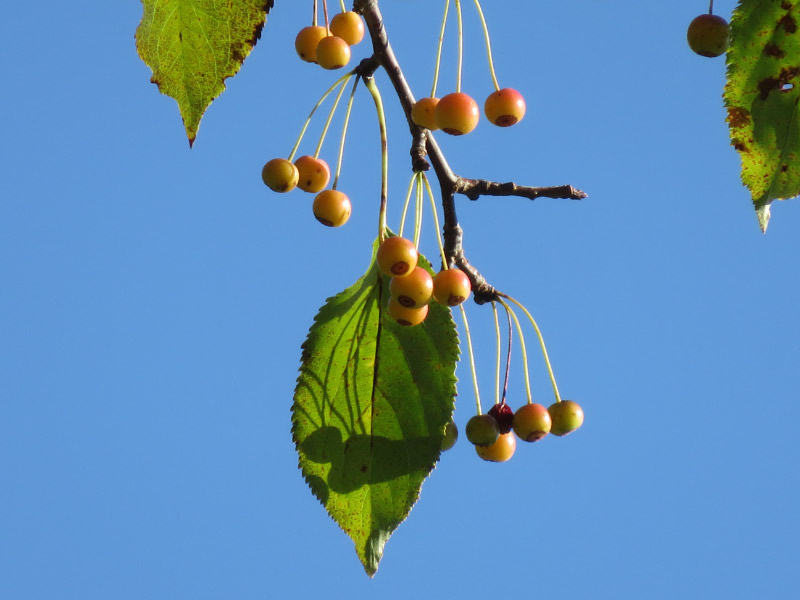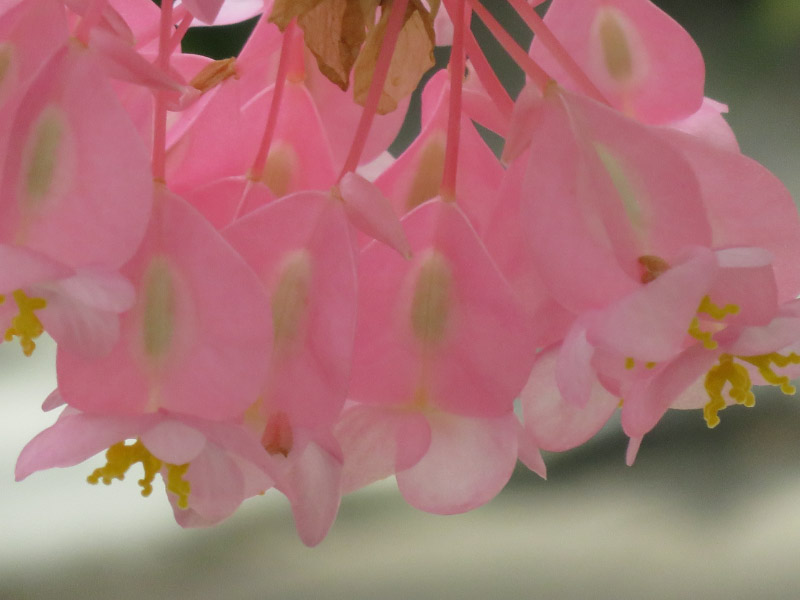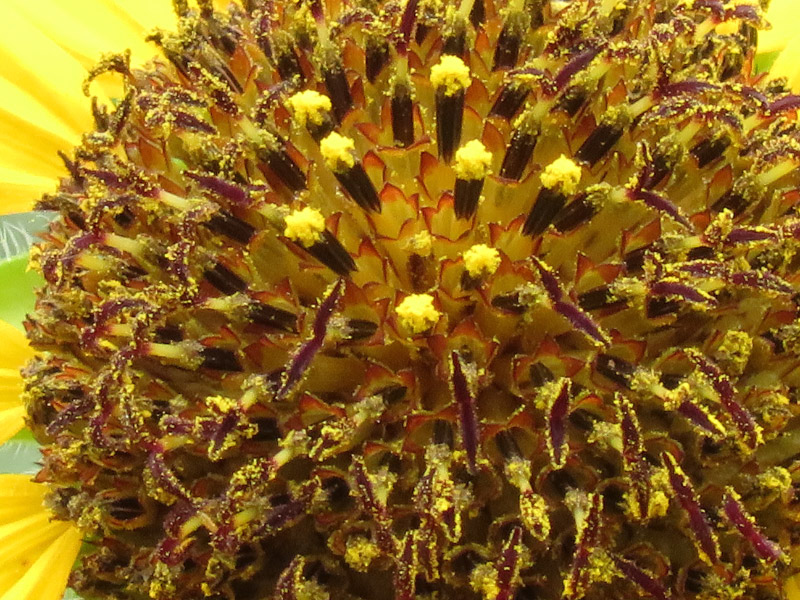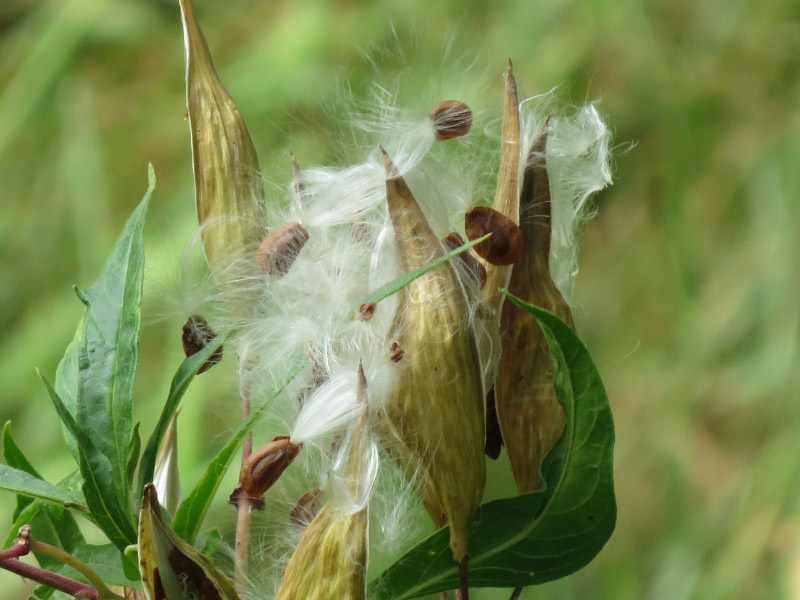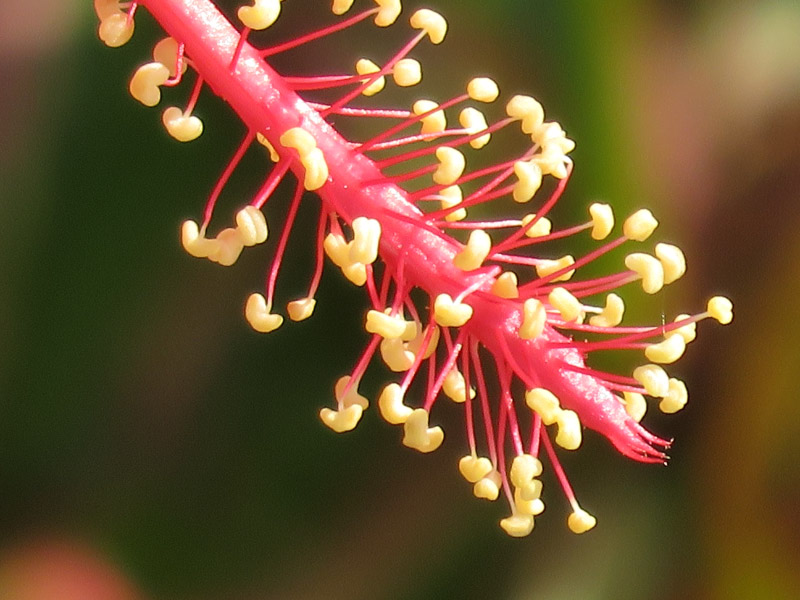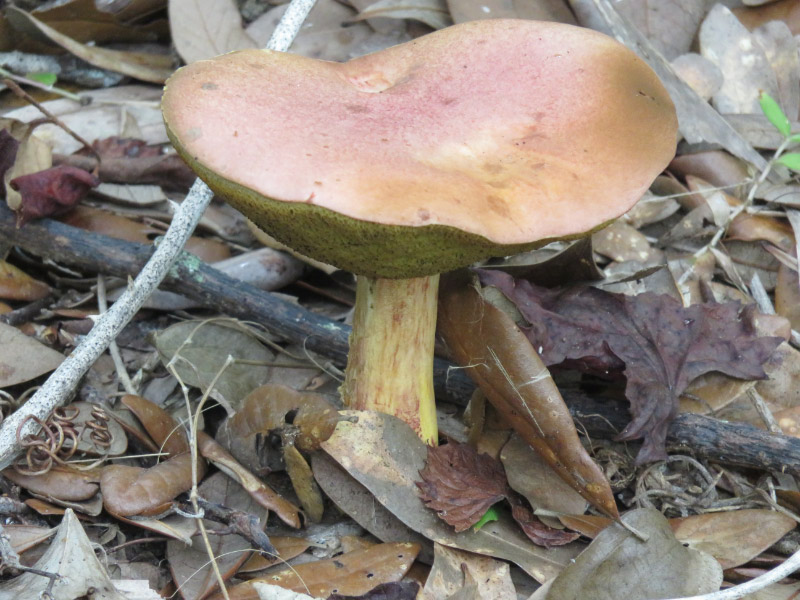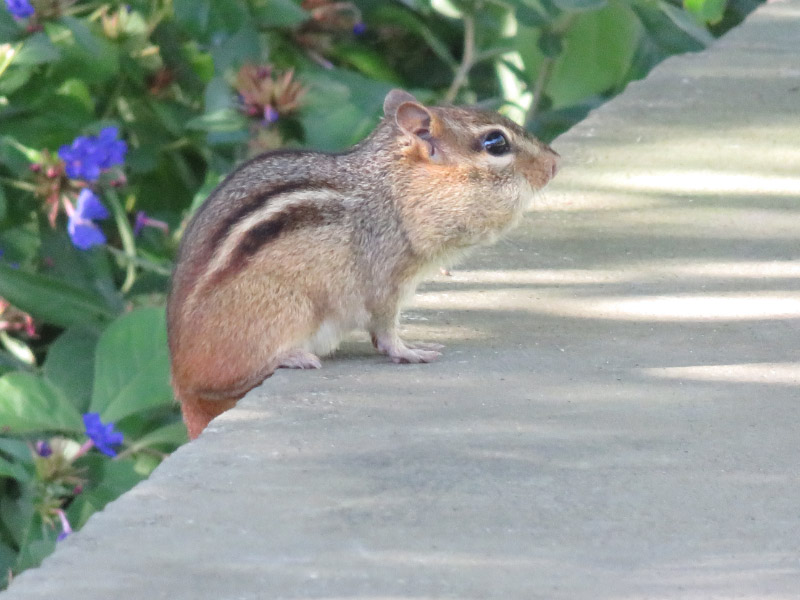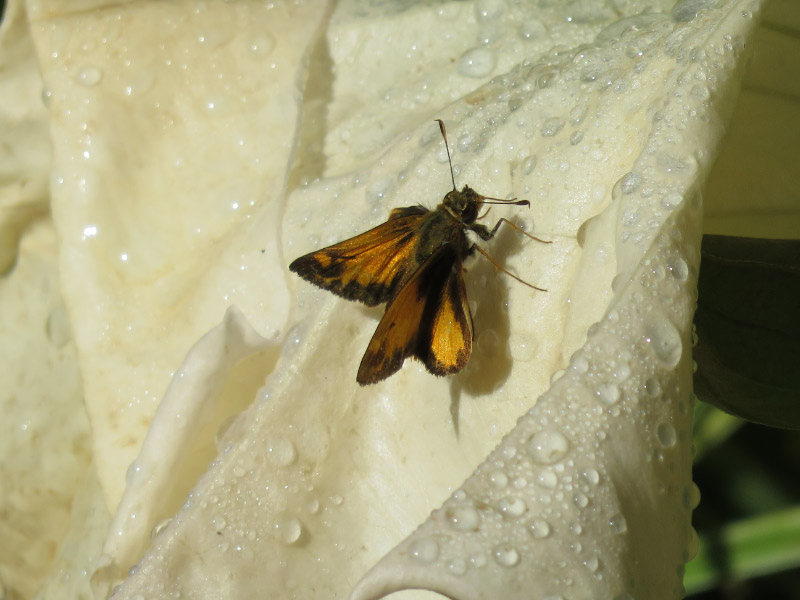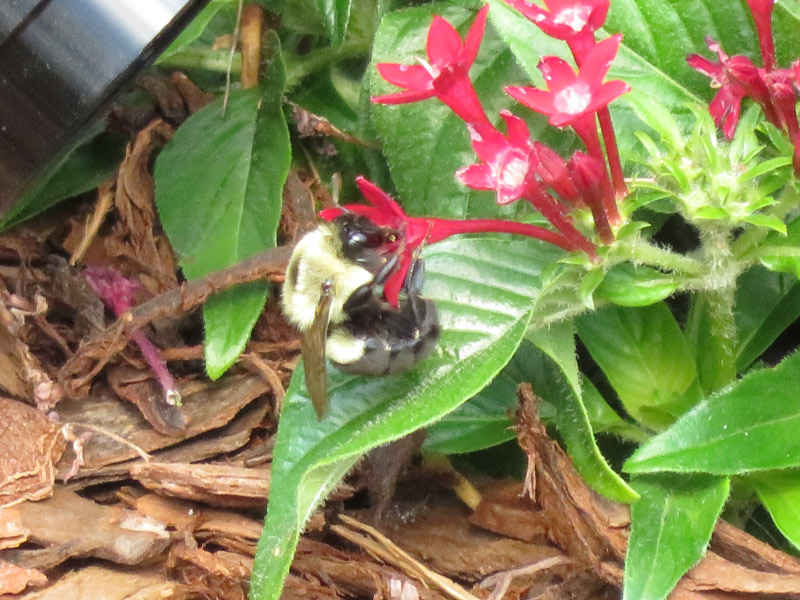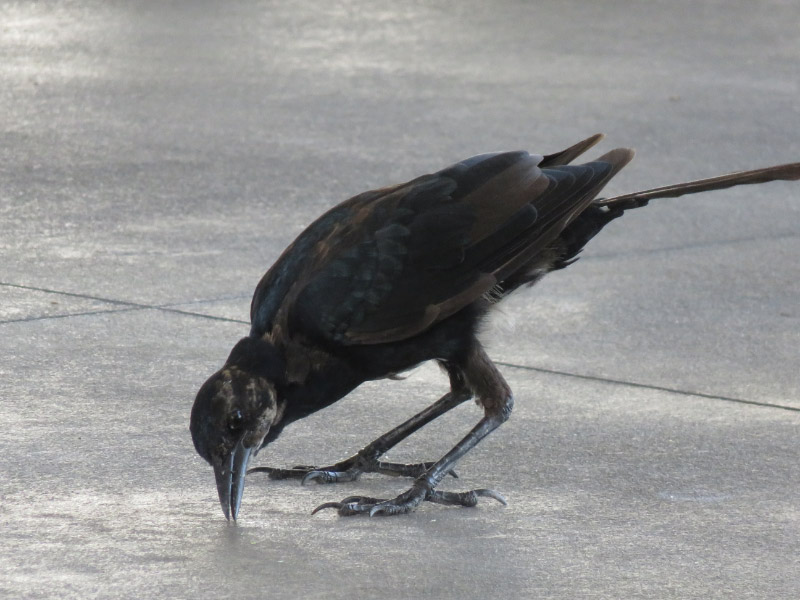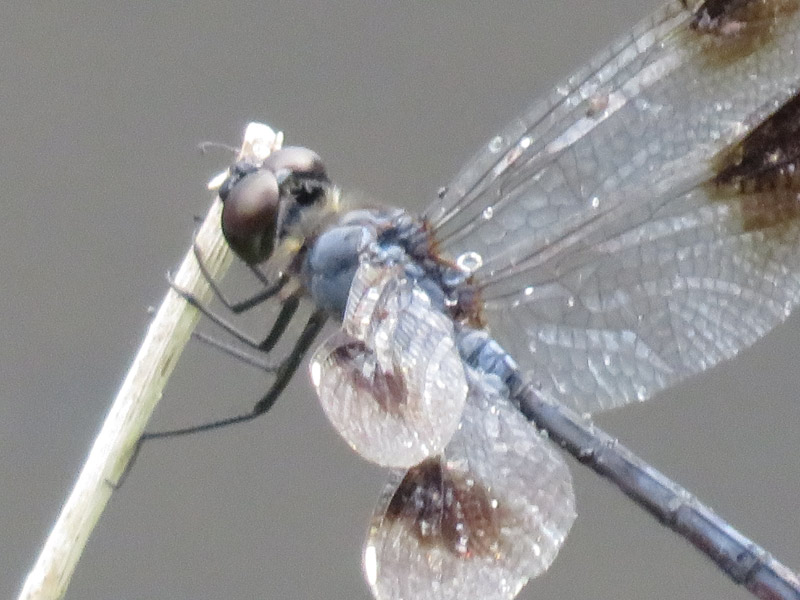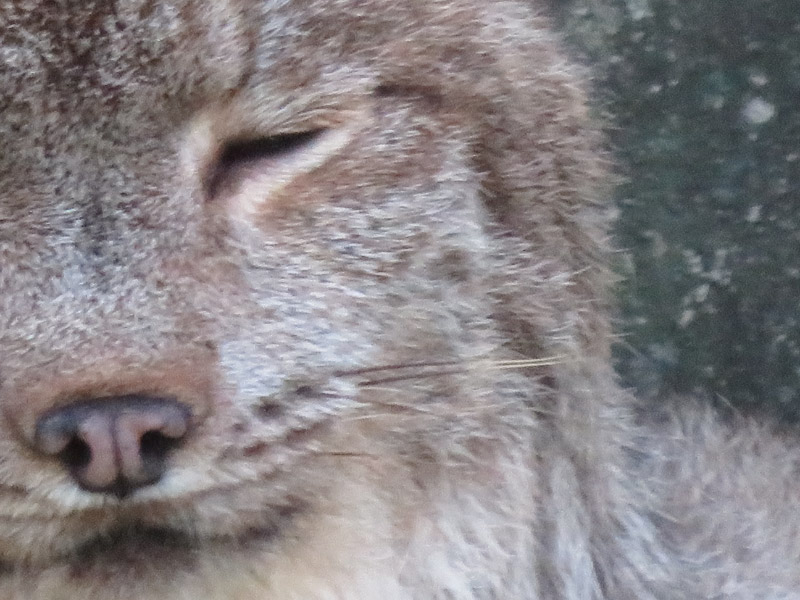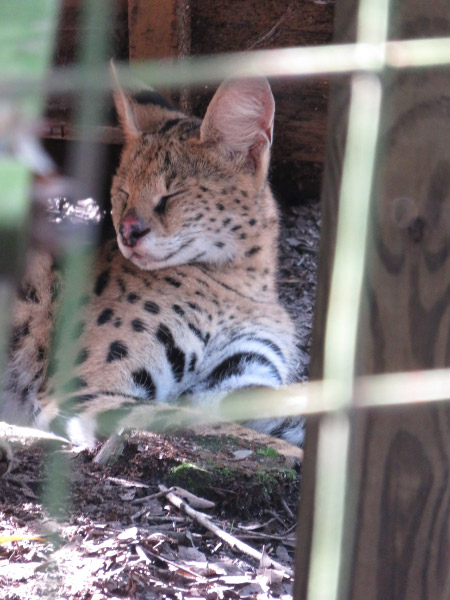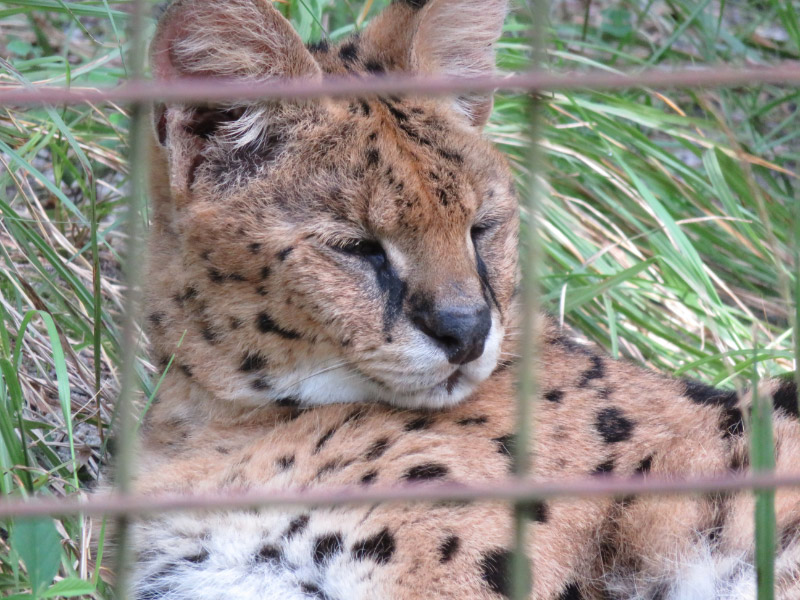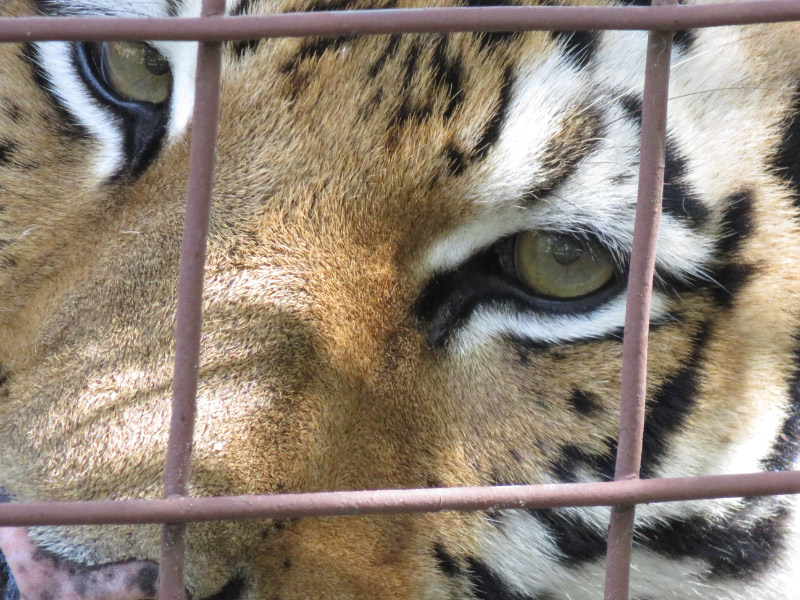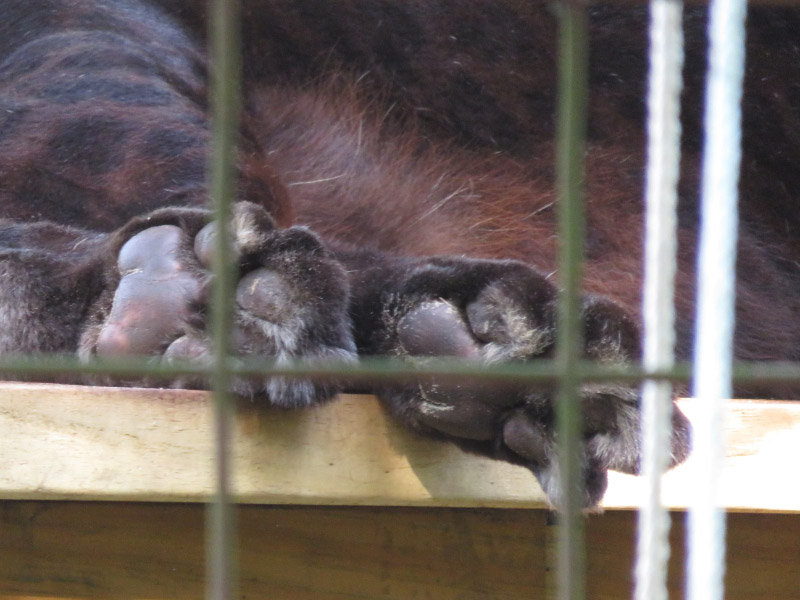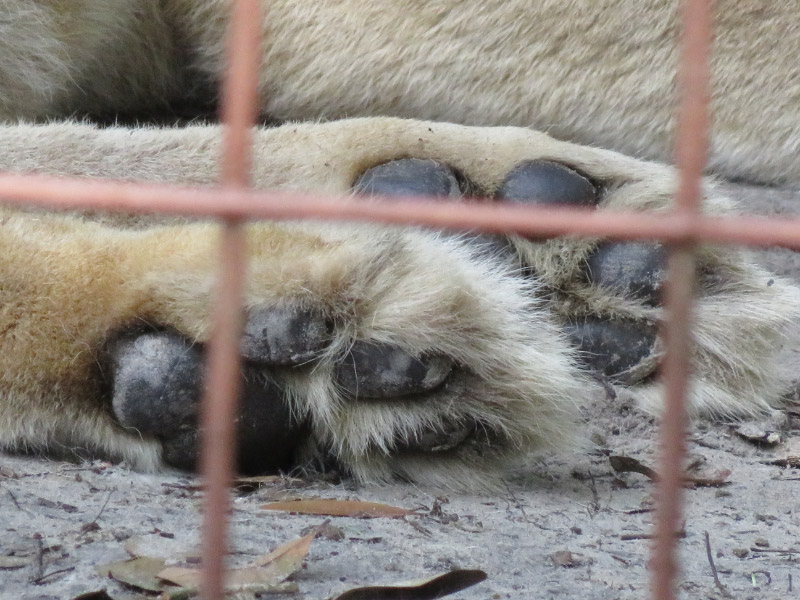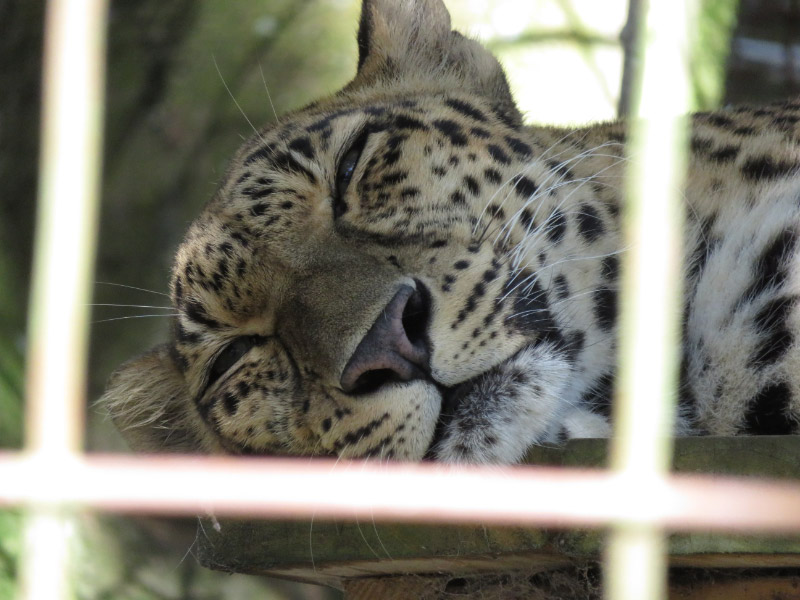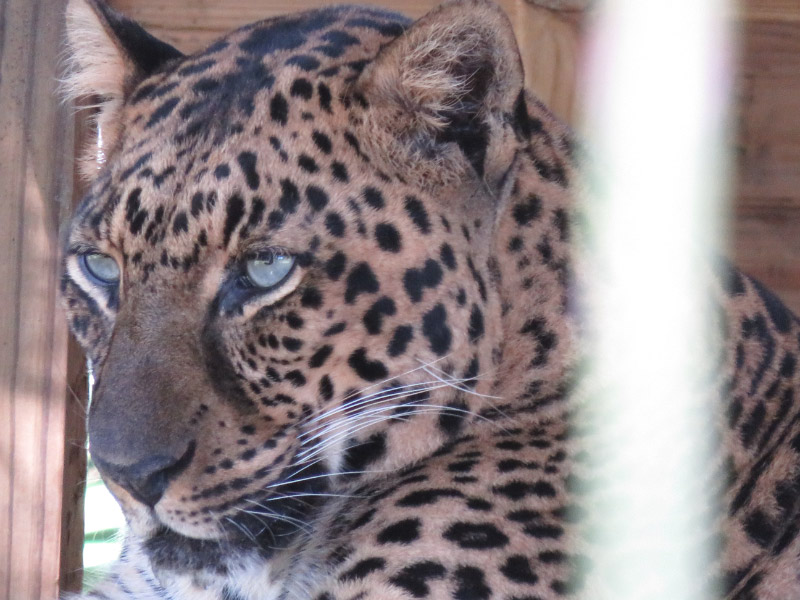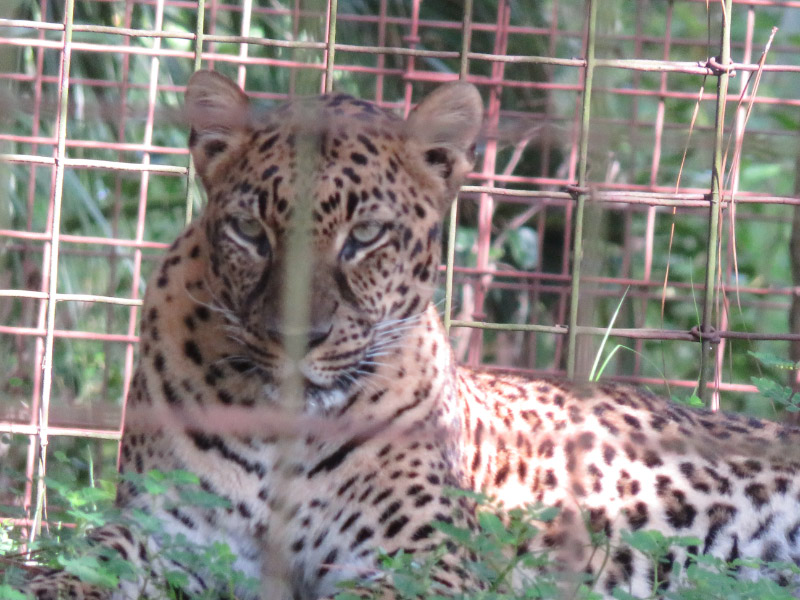Back in the early 80s when we were living near Dallas, we took annual fall foliage trips to southeastern Oklahoma – to the Ouachita National Forest Area. Sometimes we took curvy forest roads into Arkansas as well. We camped at Cedar Lake State Park in October of 1980.
 We took frozen steaks in an ice chest to cook over a camp fire – little realizing that it was going to be cold enough that the steaks would take a long time to thaw!
We took frozen steaks in an ice chest to cook over a camp fire – little realizing that it was going to be cold enough that the steaks would take a long time to thaw!
It was quite an adventure during the night too – with skunks and racoons being used to finding food around the campsites.
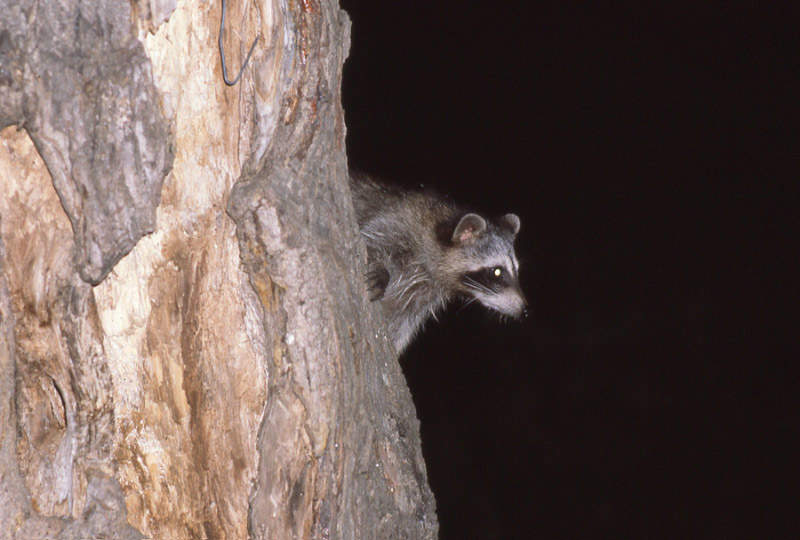
The next morning, we were up early since it was cold and we all wanted to move around as soon as the sun was up. We decided to hike as soon as we scarfed down breakfast. There was a heavy dew which made for some good leaf pictures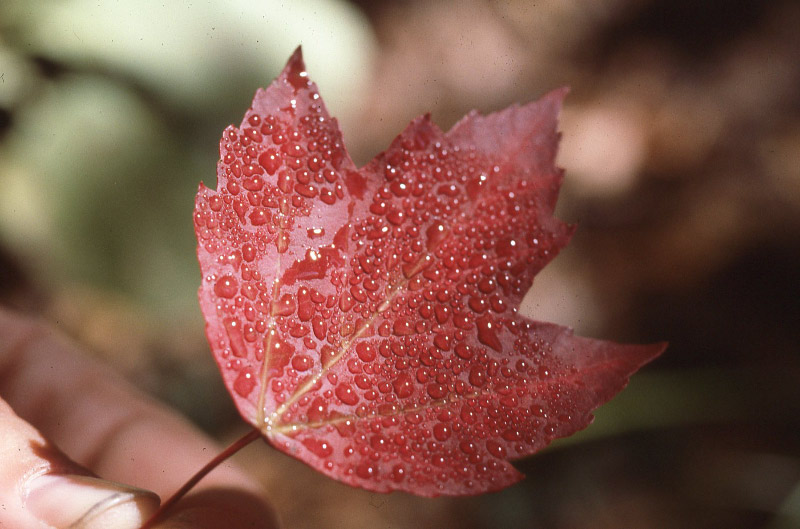
And the sunshine was bright enough to showcase the colors of the leaves still on the trees too.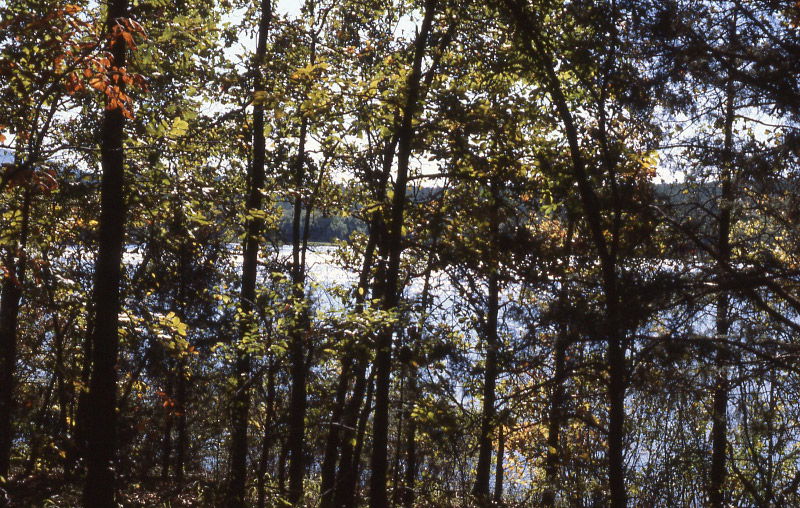

In the forest we saw ground pine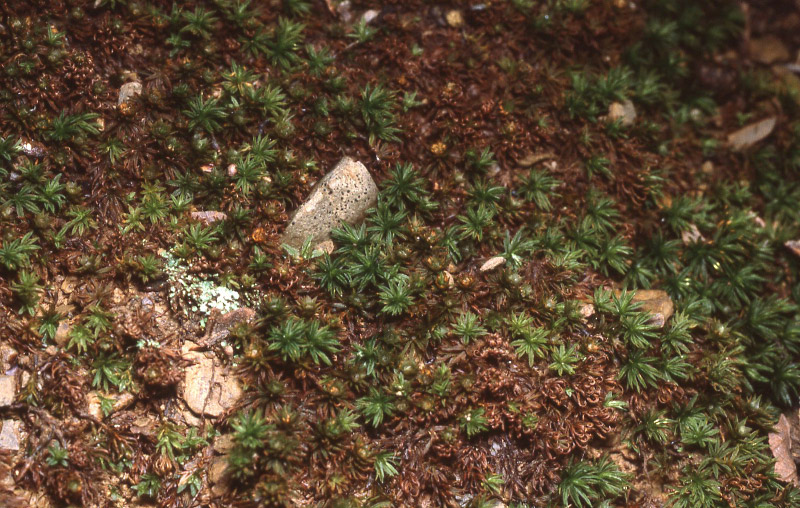
And a large spider (tarantula?).
Along the dam the sumac seed pods looked very red.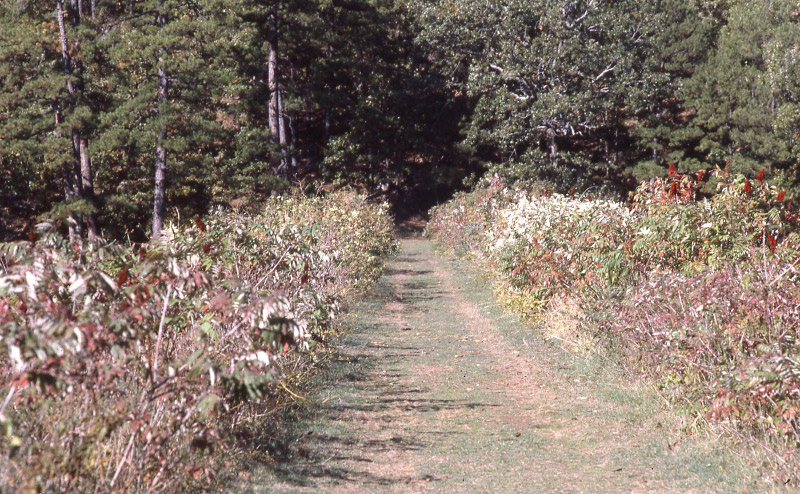
The overflow for the lake seemed pretty elaborate too.
The next October we went back to the forest again but it was very wet the entire time we were there. My husband took very few pictures – lichen,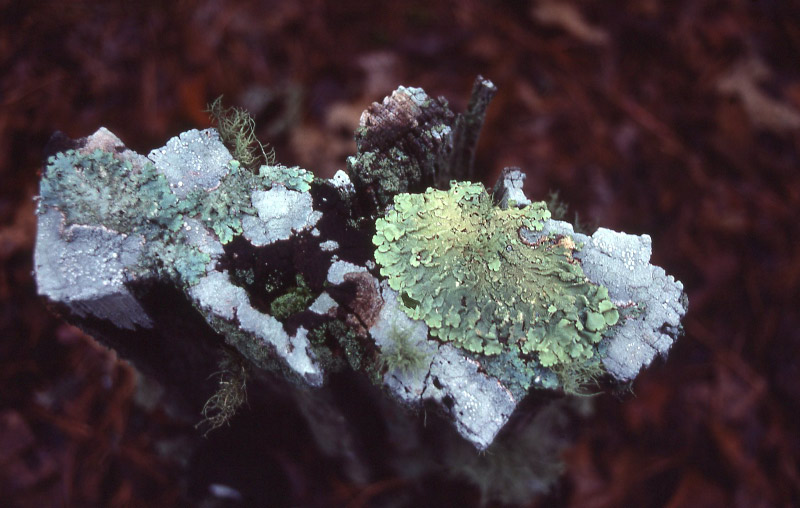
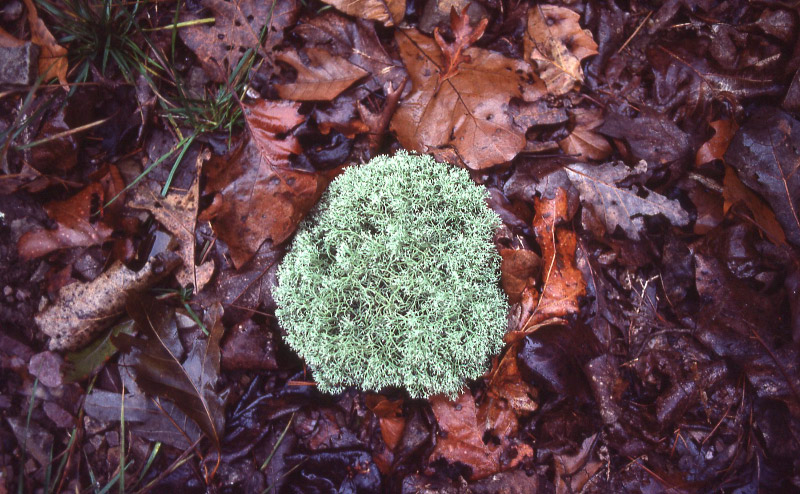 Moss,
Moss,
And a very wet campsite. We managed to spend the night but left the next morning – in the rain.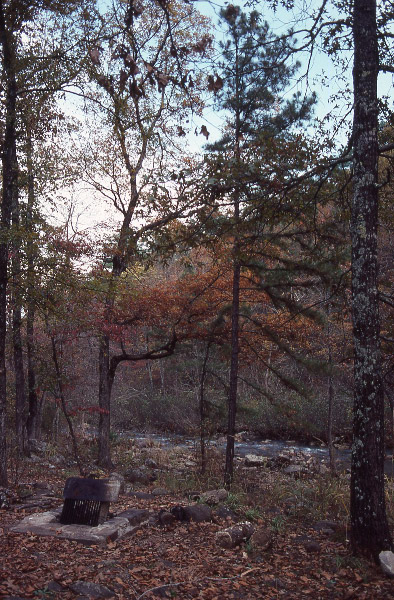
In 1982, the weather was a little better although we didn’t go until November. Many of the leaves had already fallen off the trees.
There were some startlingly red leaves (maybe sumac?)
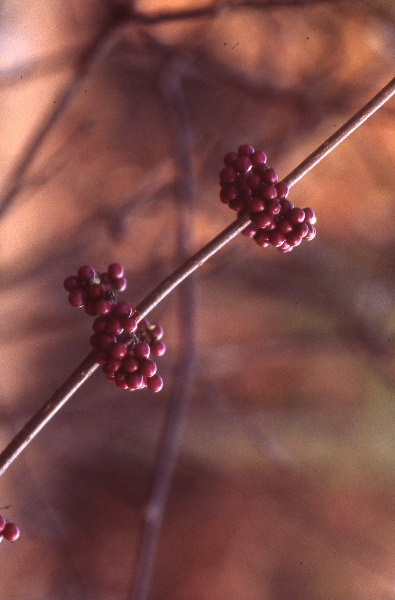 And some beautyberries (although I did not know what they were when the picture was taken).
And some beautyberries (although I did not know what they were when the picture was taken).
The highlight of the trip was the critters: a millipede
And two harvestmen – a type of arachnid that is not a spider. Unlike spiders, their body segments are fused and they have a single set of eyes. These two seem to be kissing!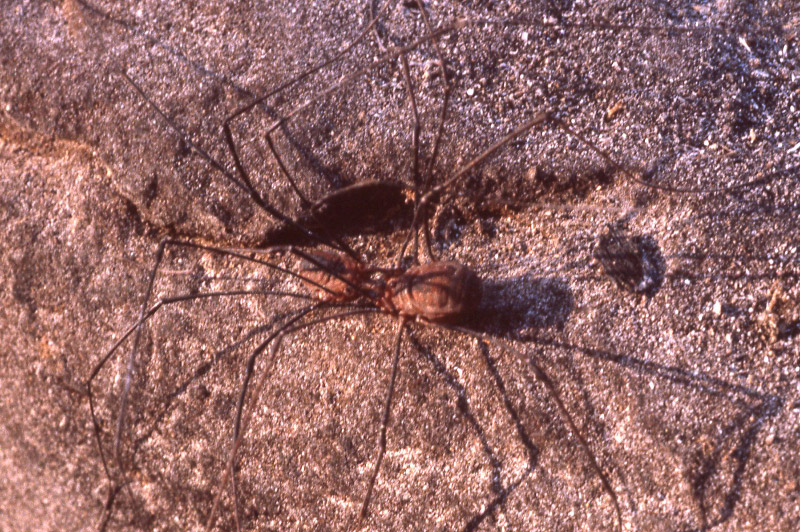
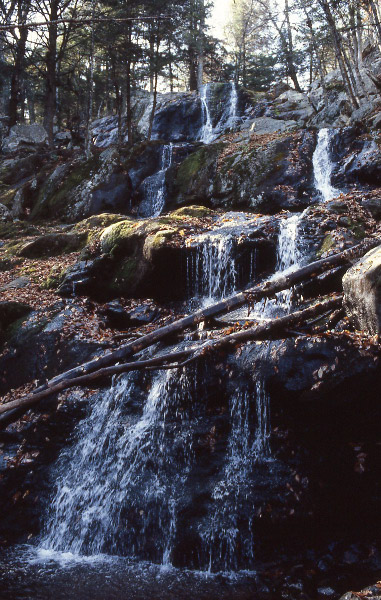 We moved to the east coast in 1983 and in the fall of 1984 we made a fall foliage trip to Shenandoah National Park area. We were a little late for the fall color but we enjoyed waterfalls,
We moved to the east coast in 1983 and in the fall of 1984 we made a fall foliage trip to Shenandoah National Park area. We were a little late for the fall color but we enjoyed waterfalls,
Clouds in the valleys,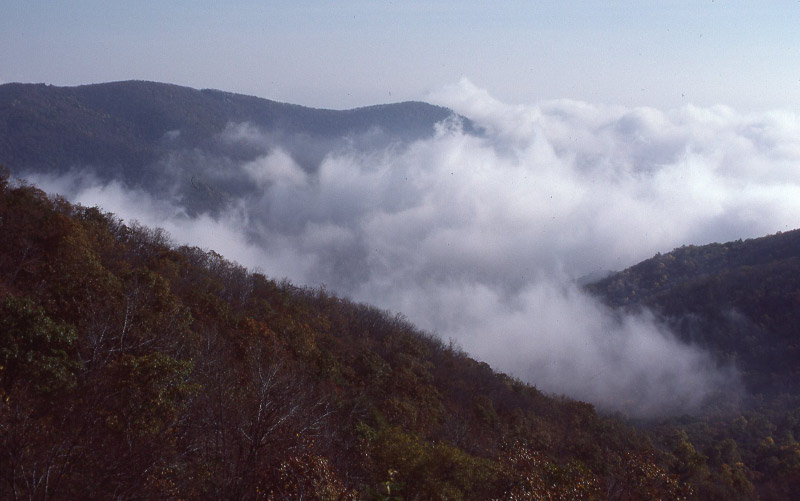
And mushrooms in the forest - very different than in Texas!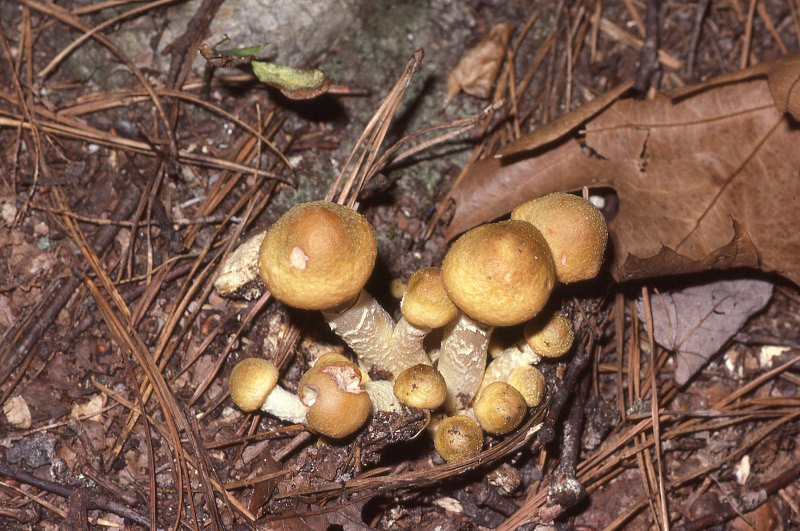
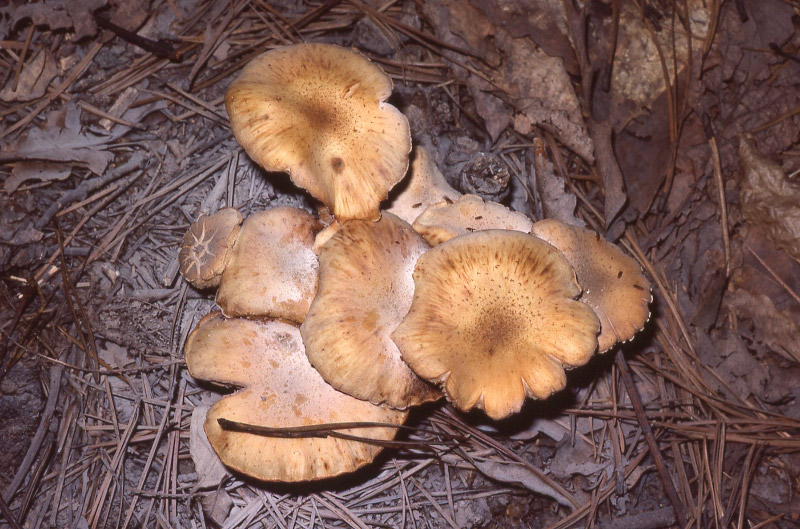
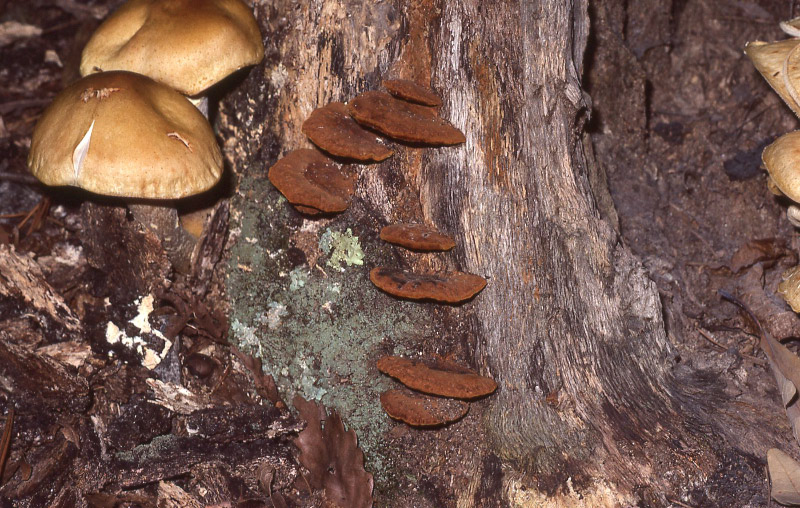
All this looking at pictures of past fall foliage trips has me planning one for this year too! Hopefully it will include some post worthy items.
